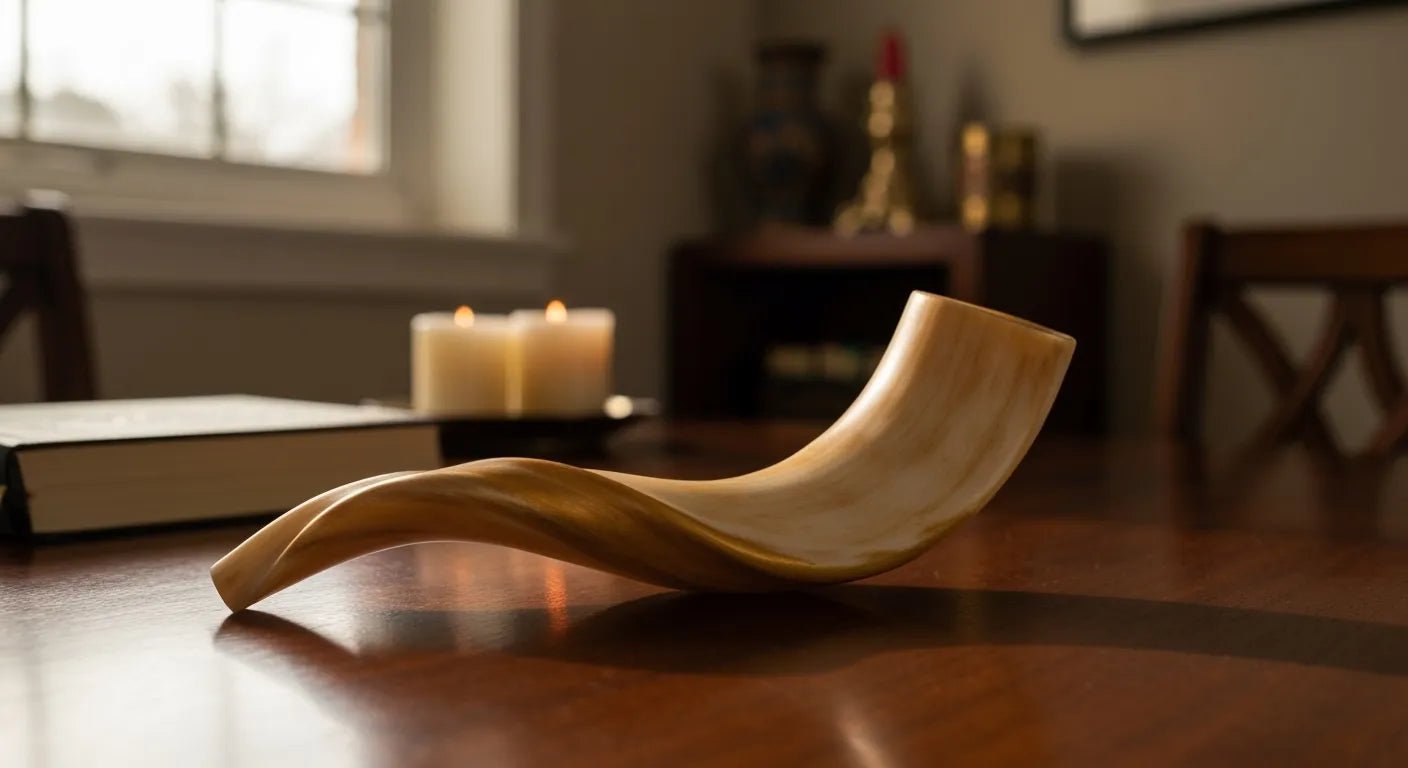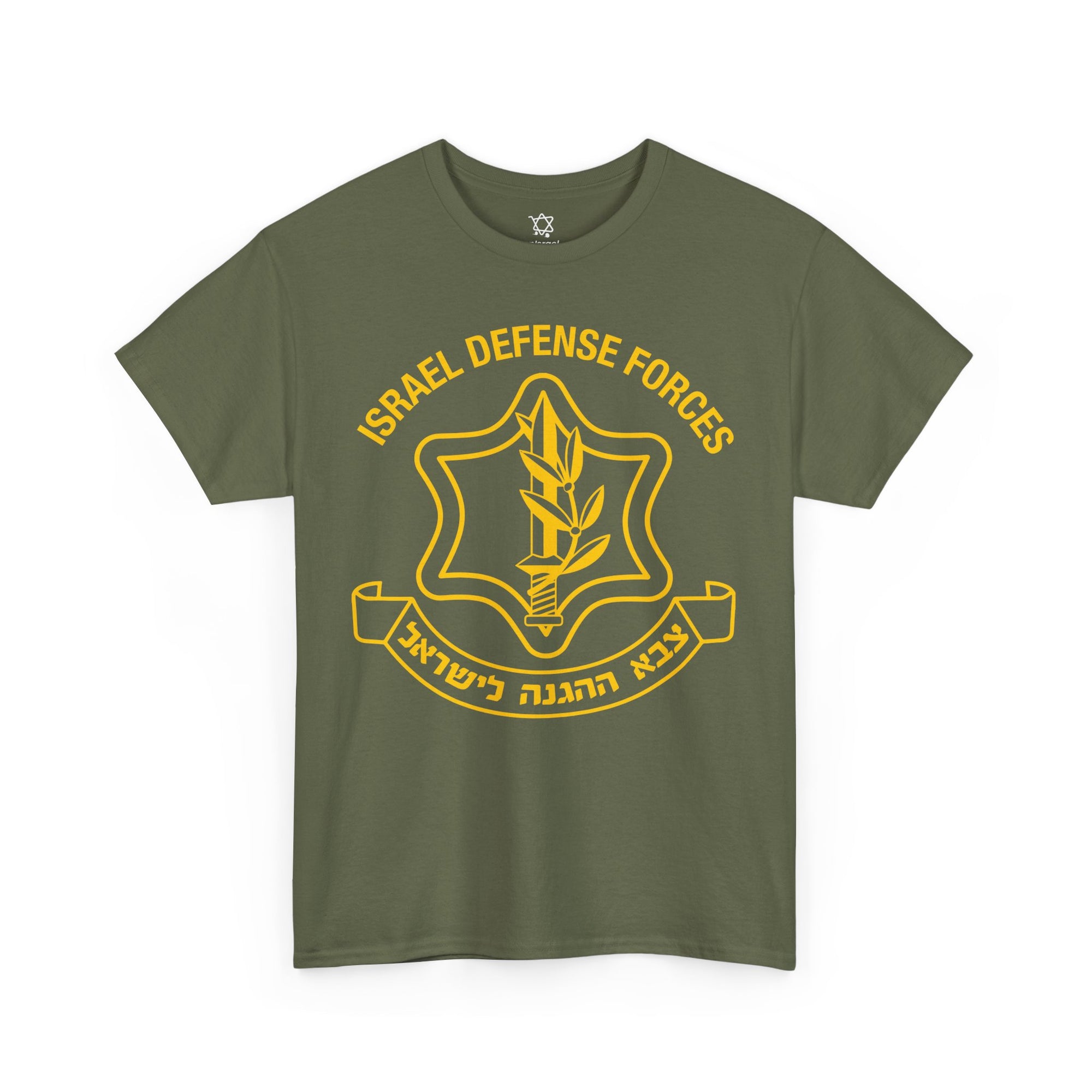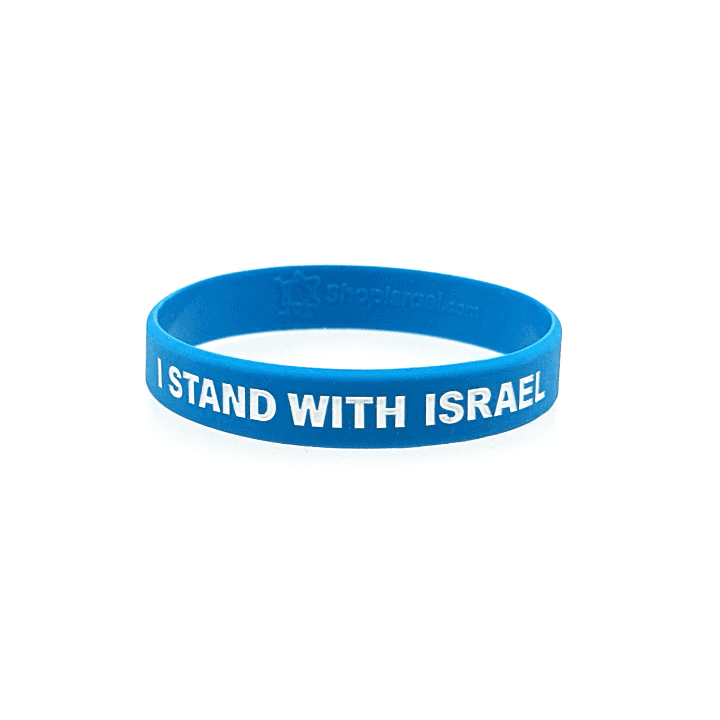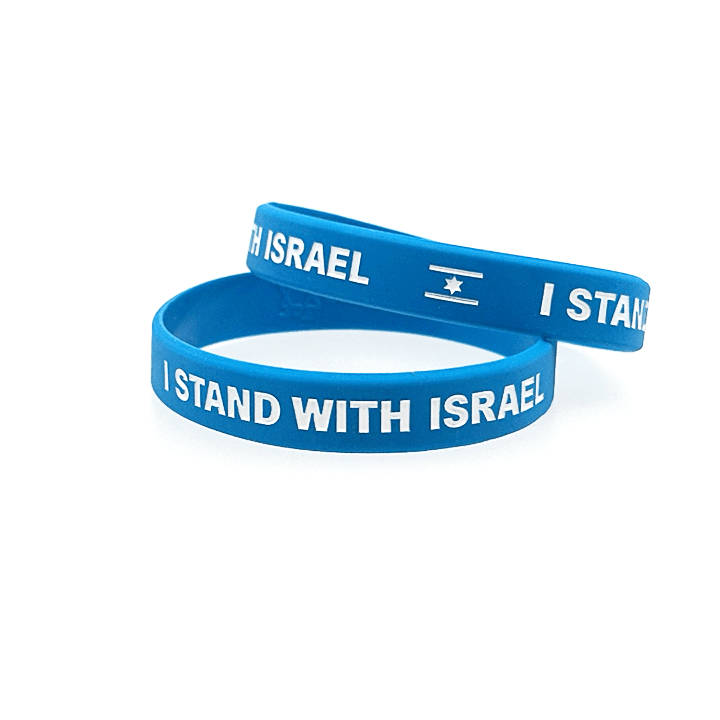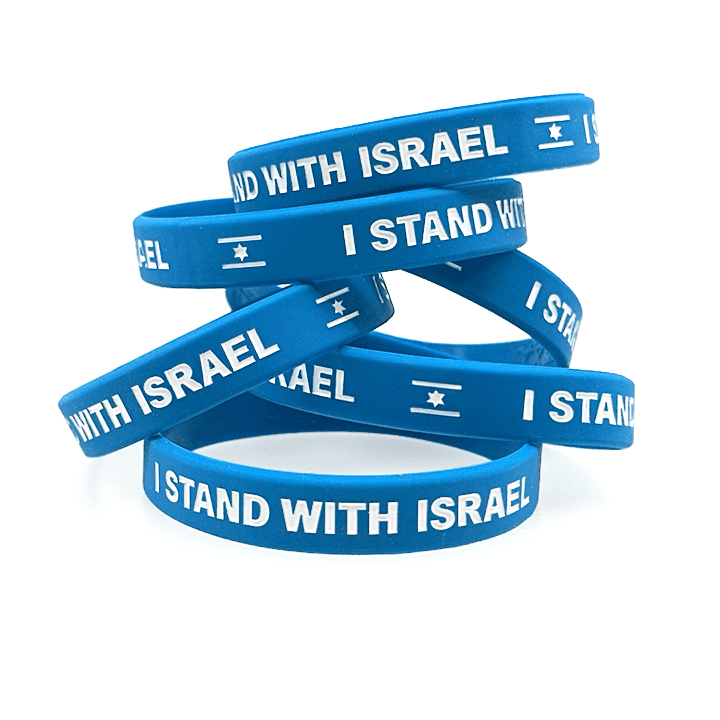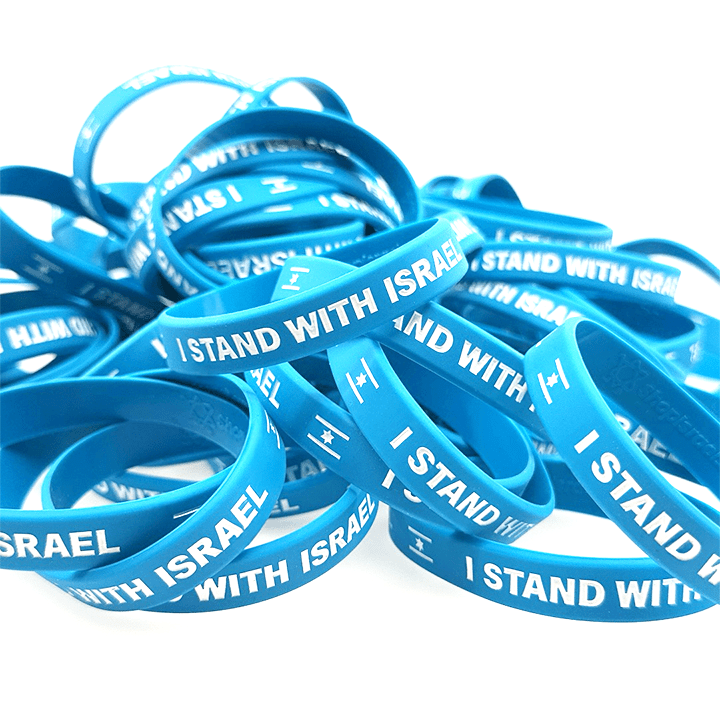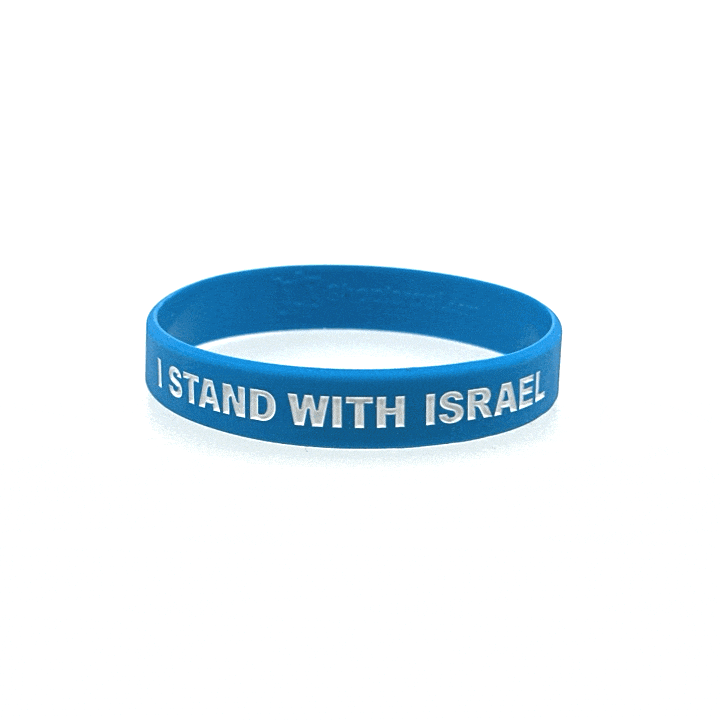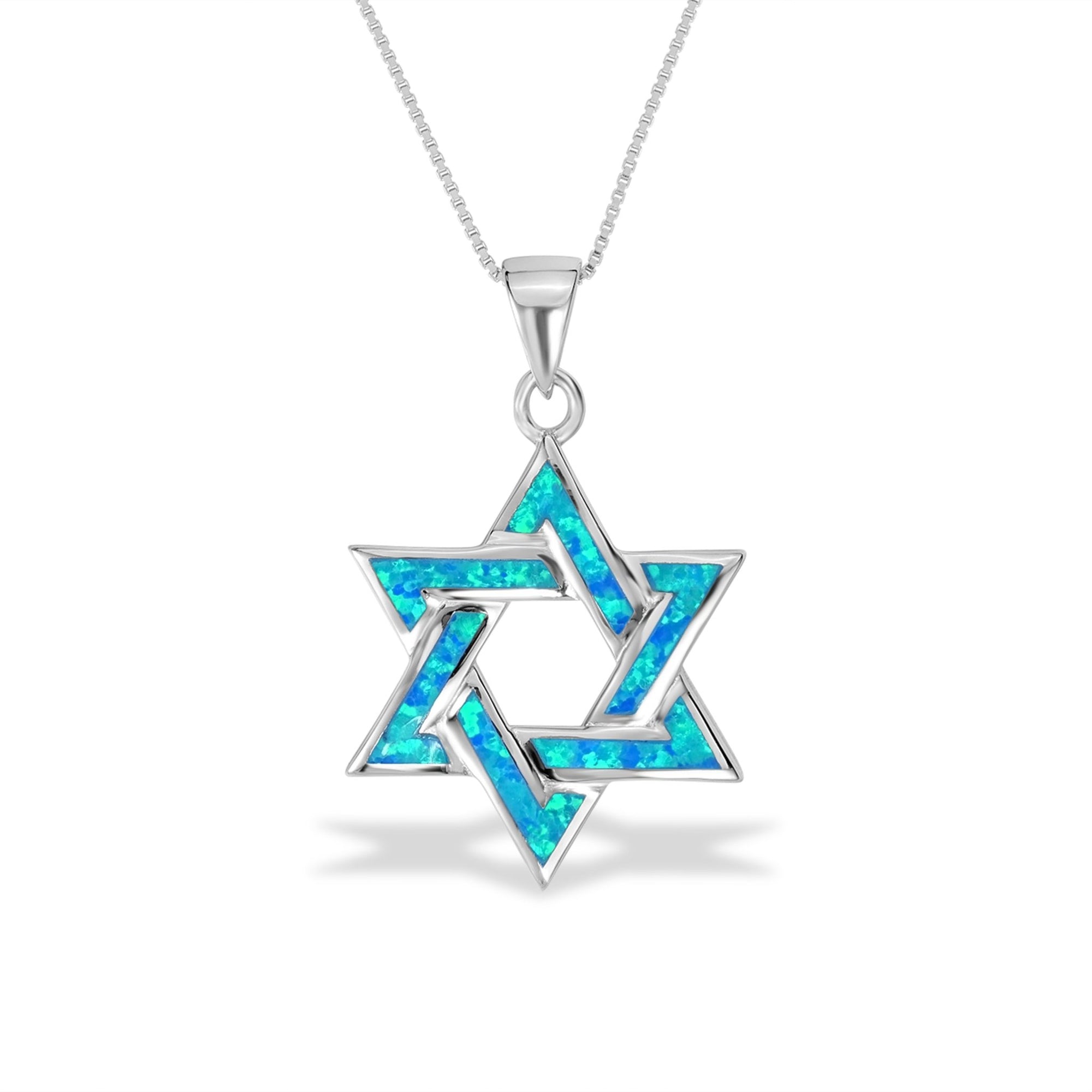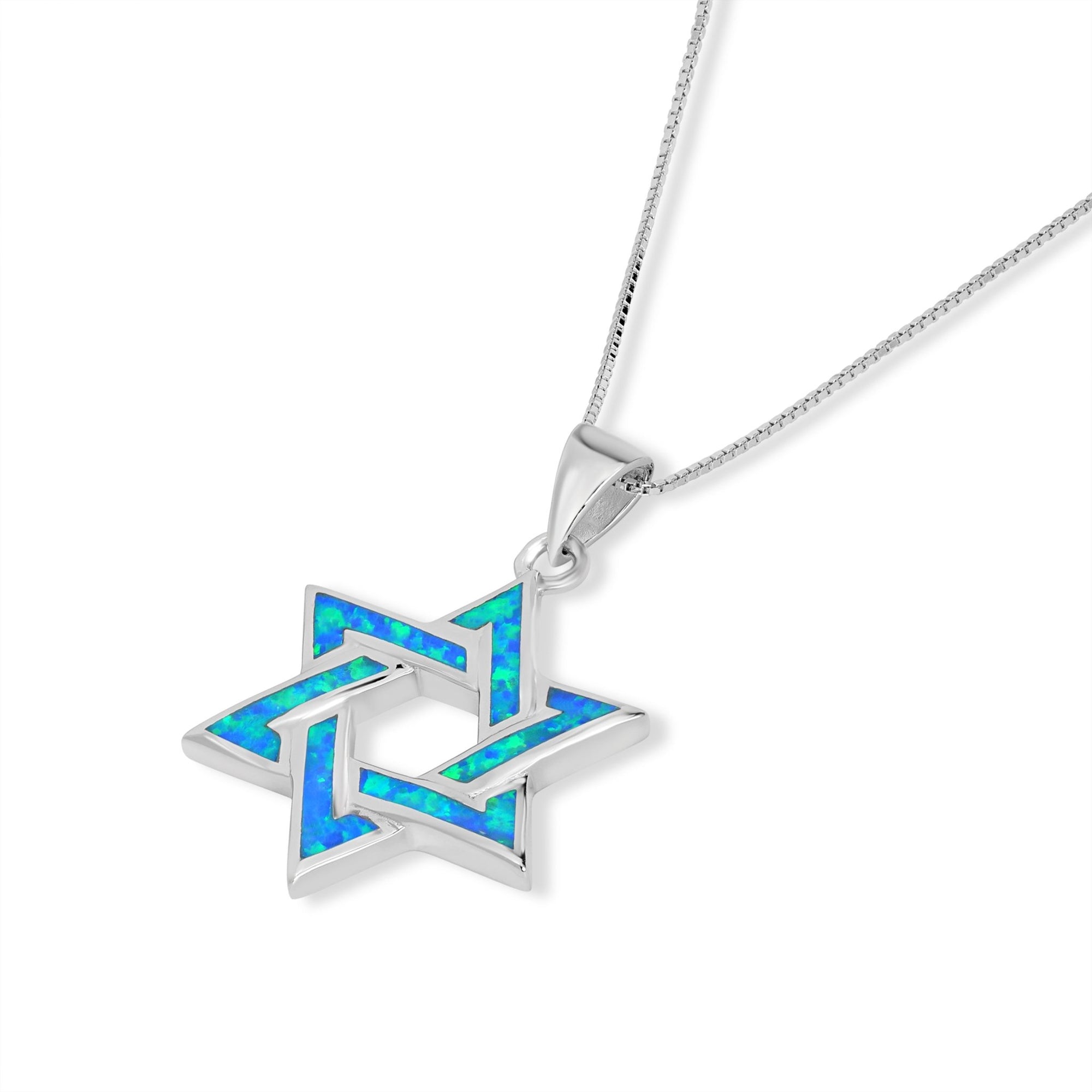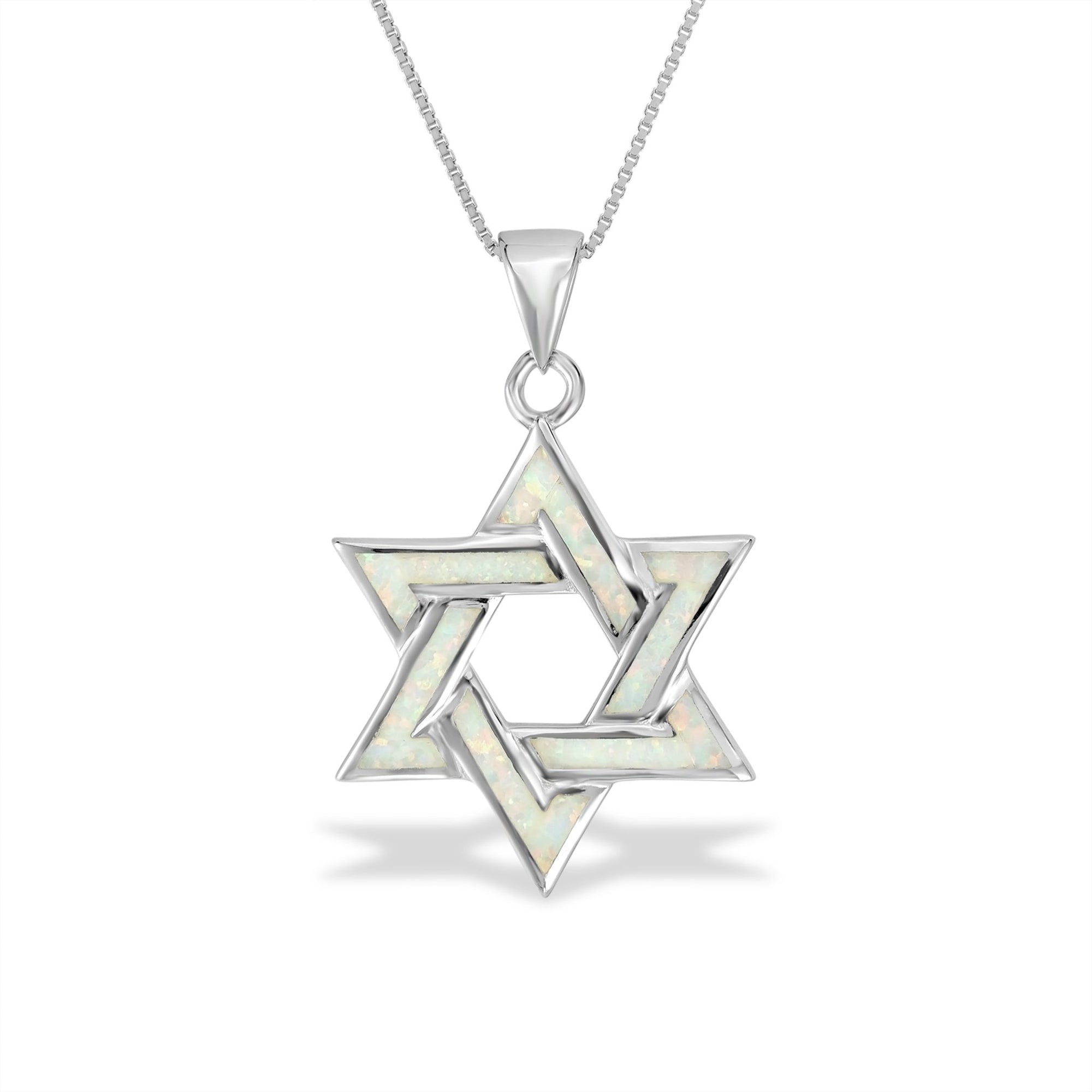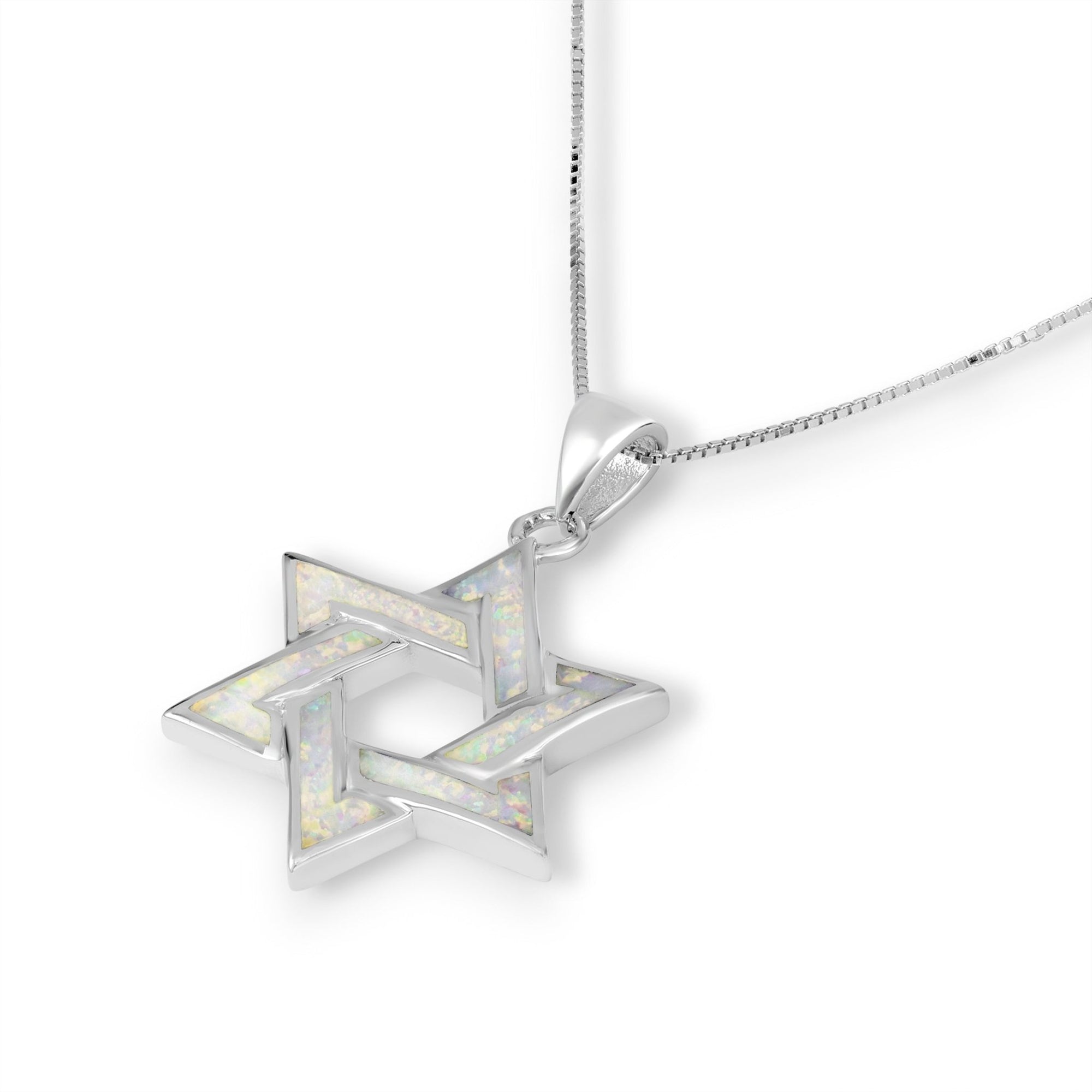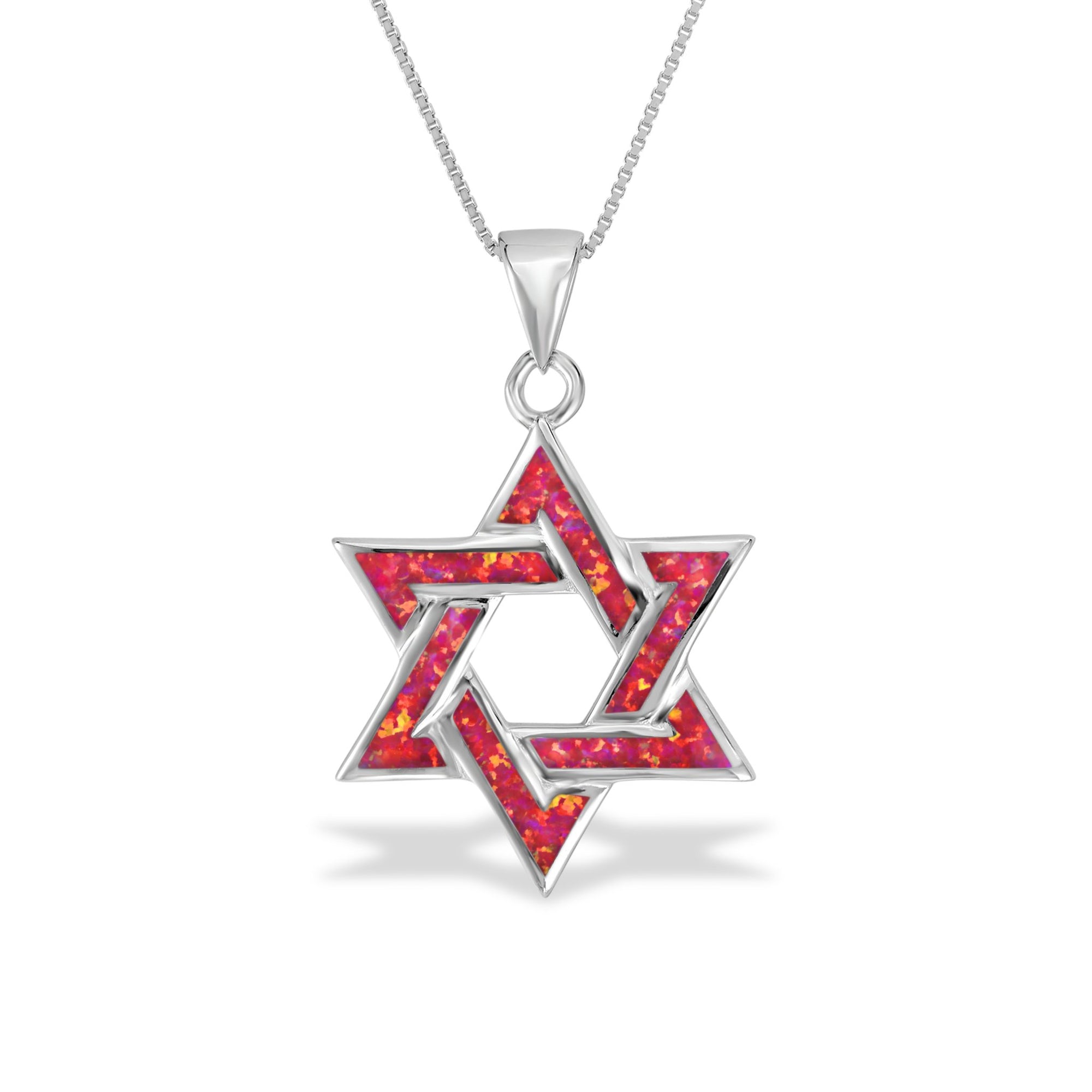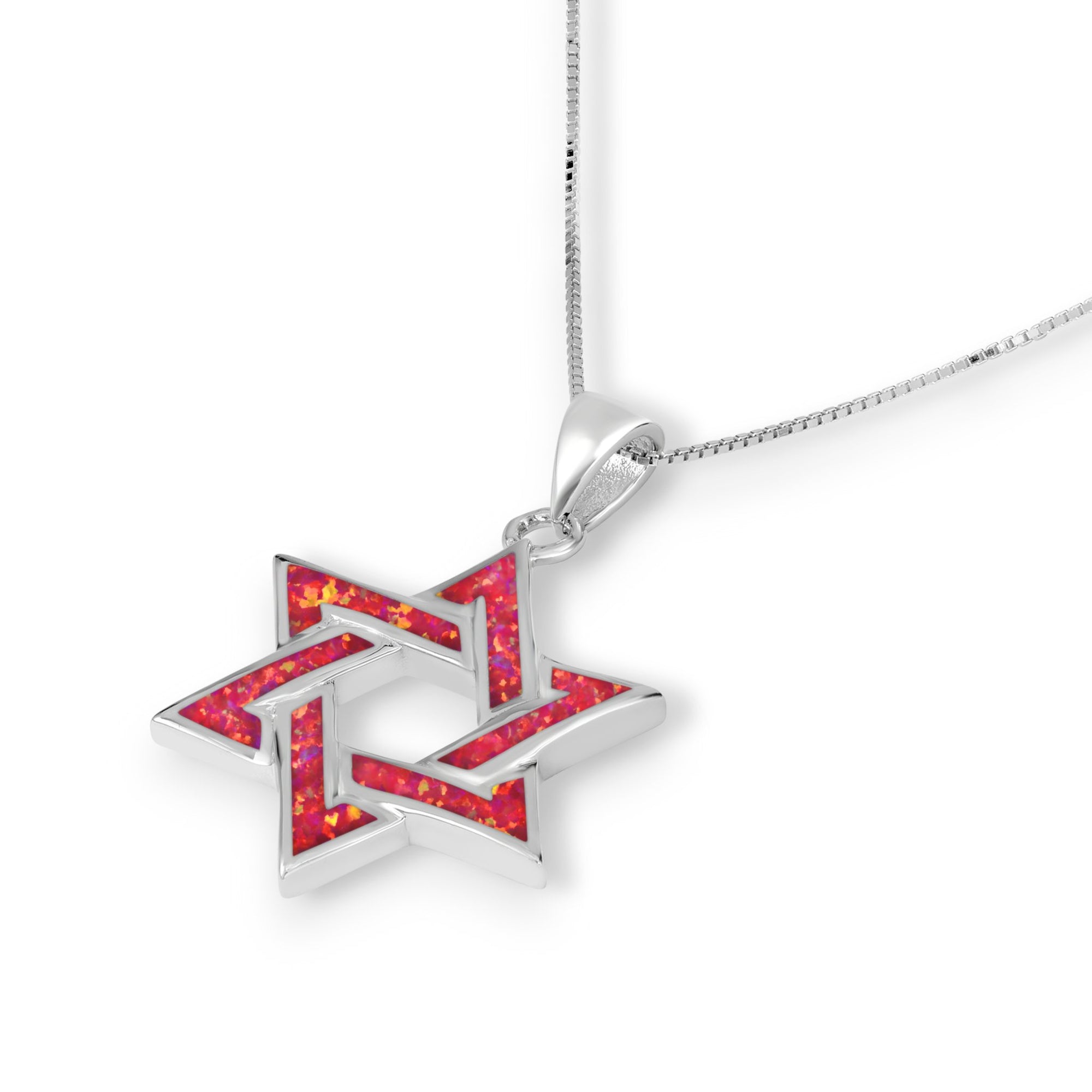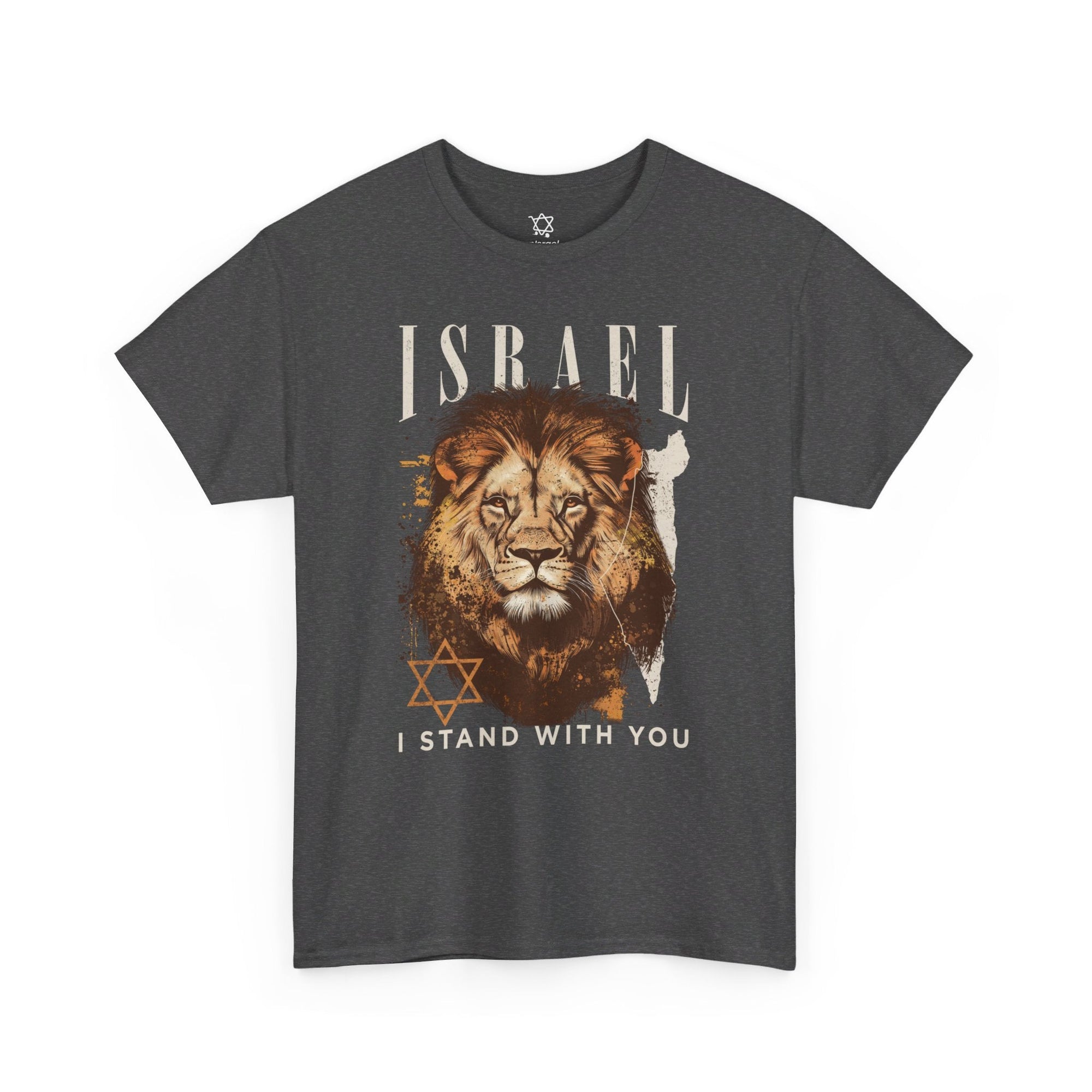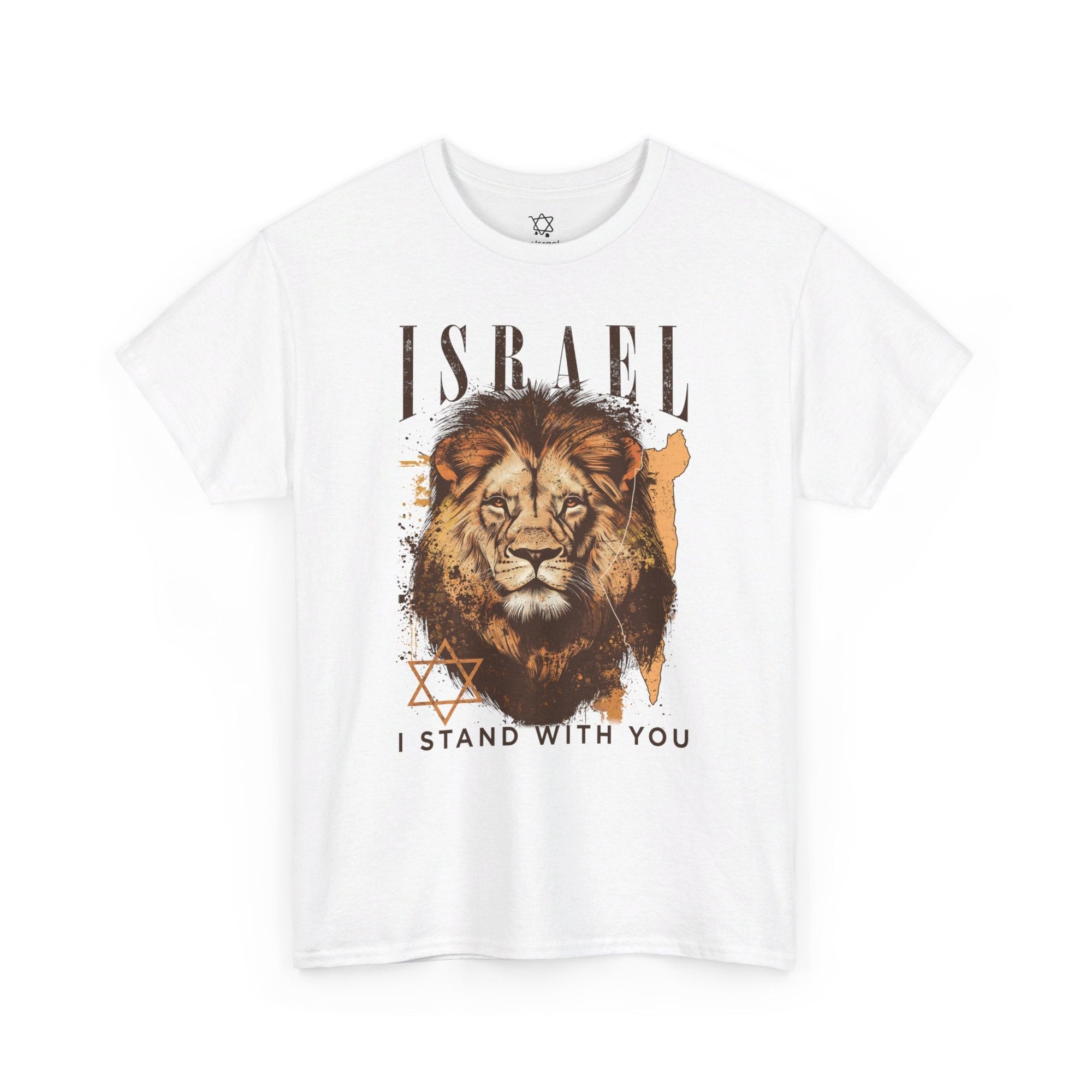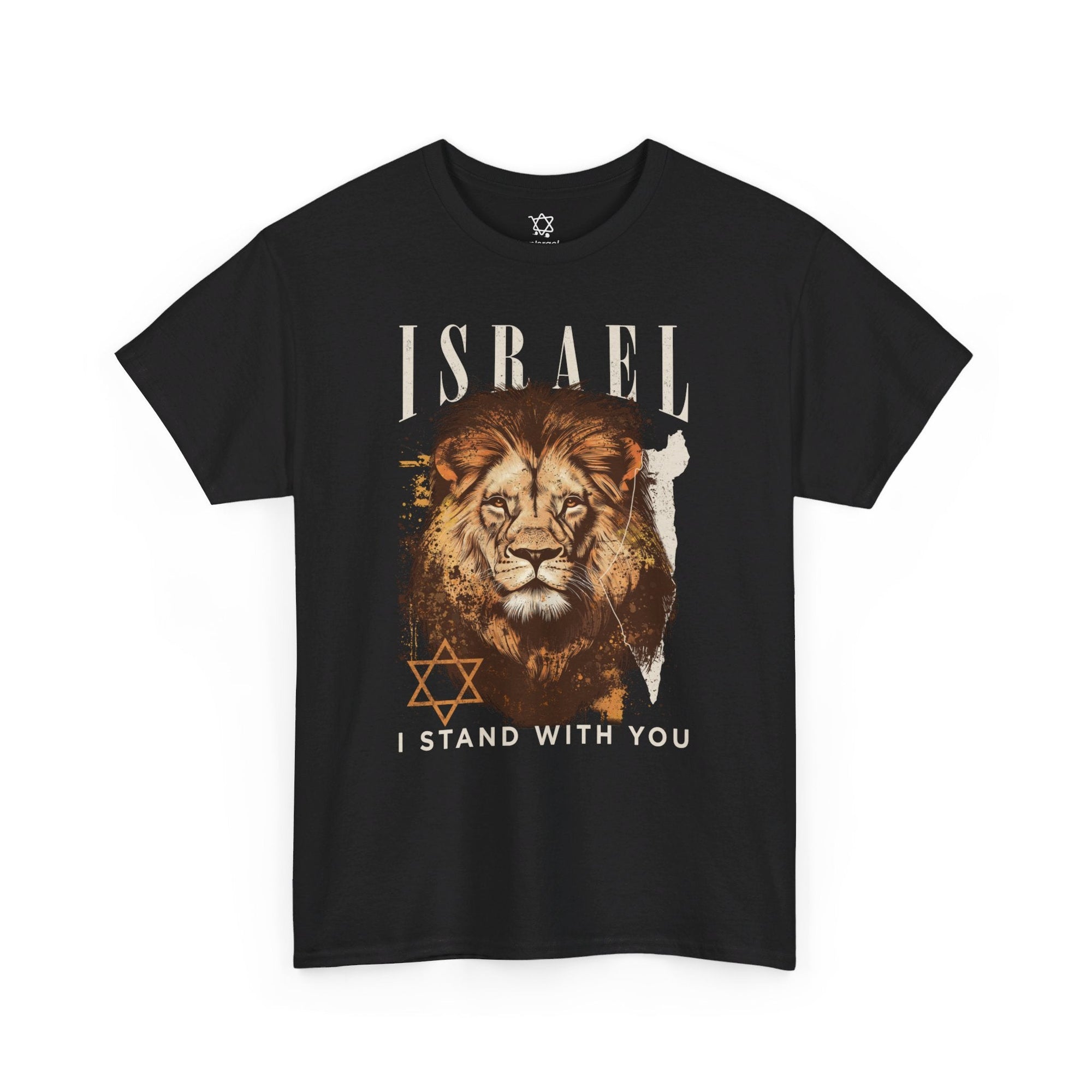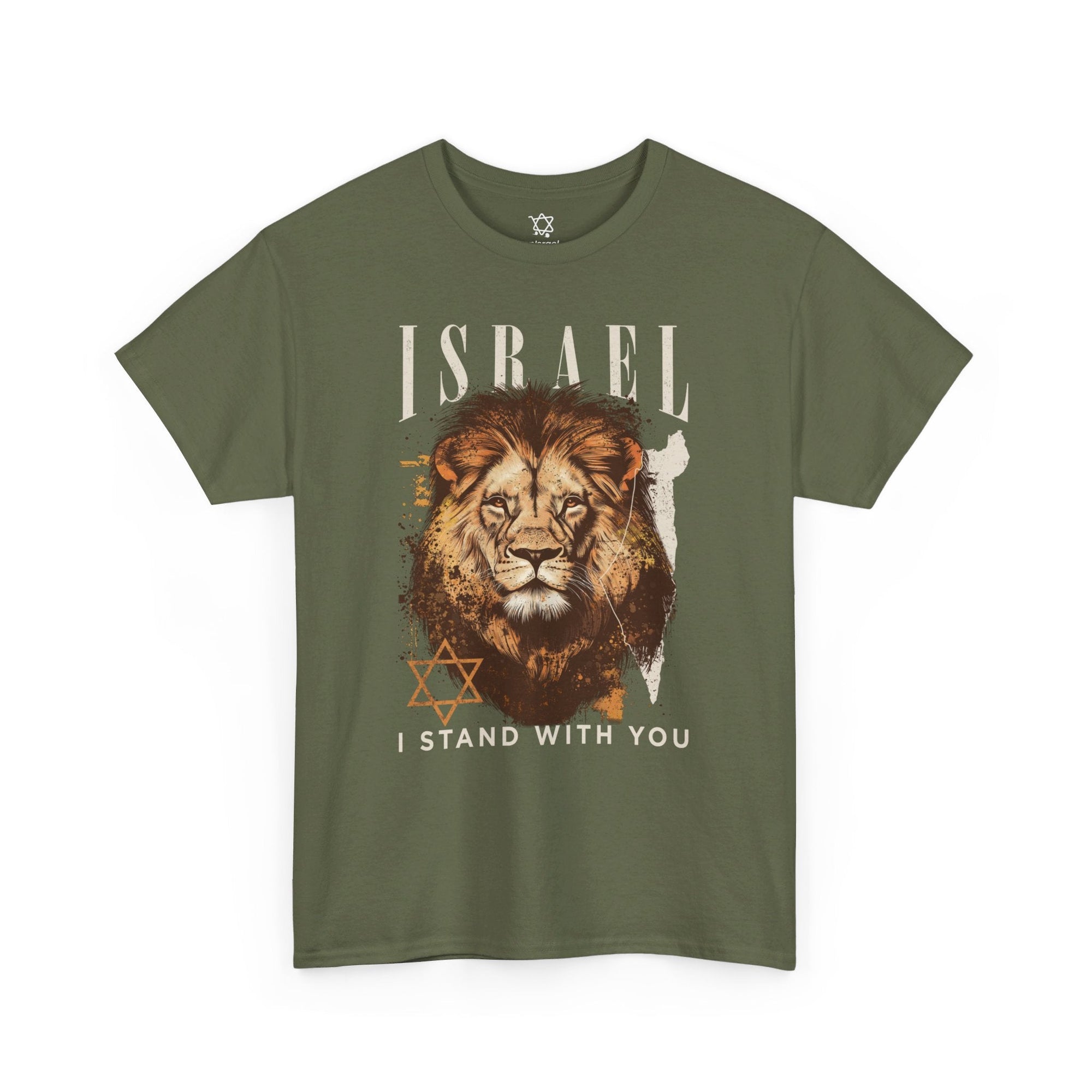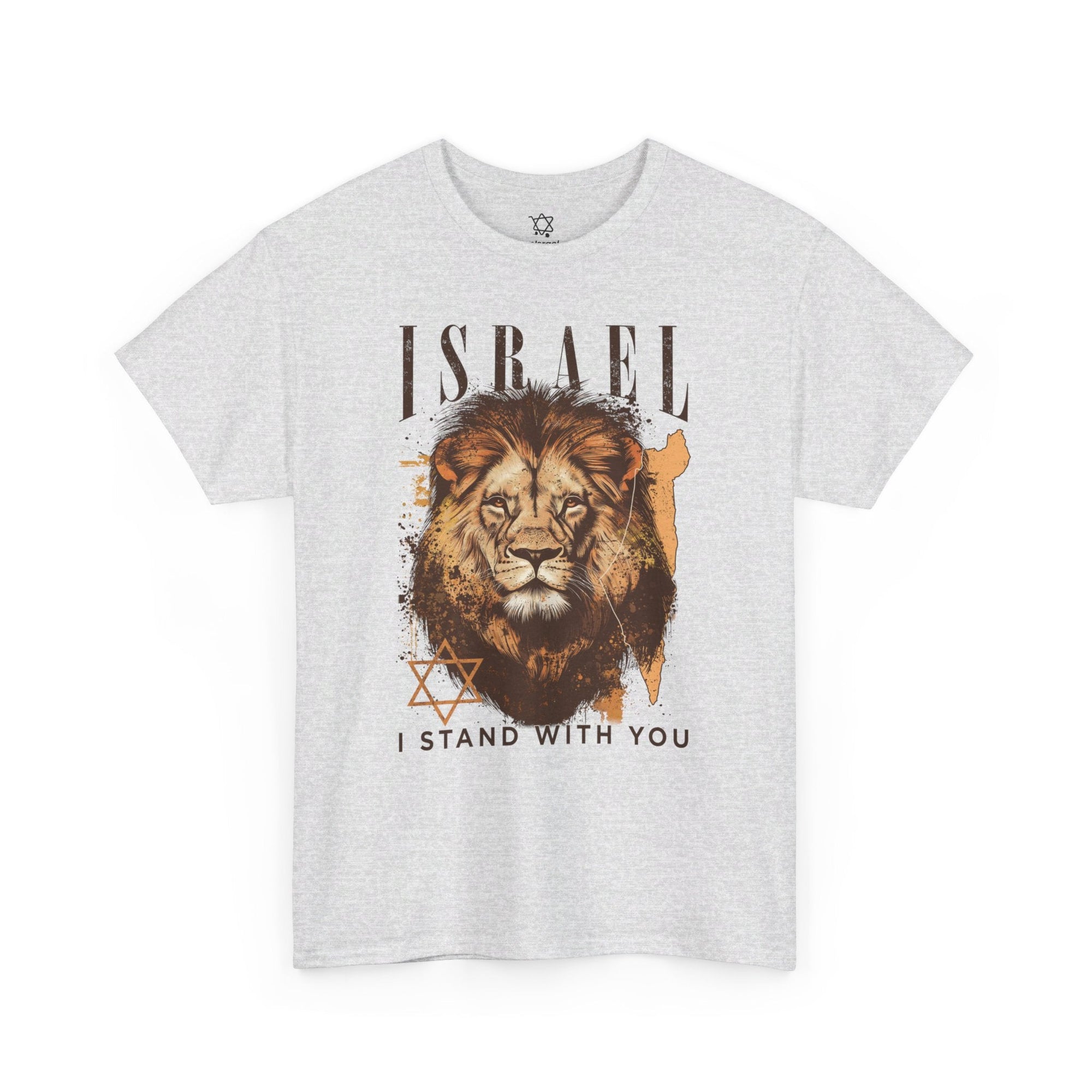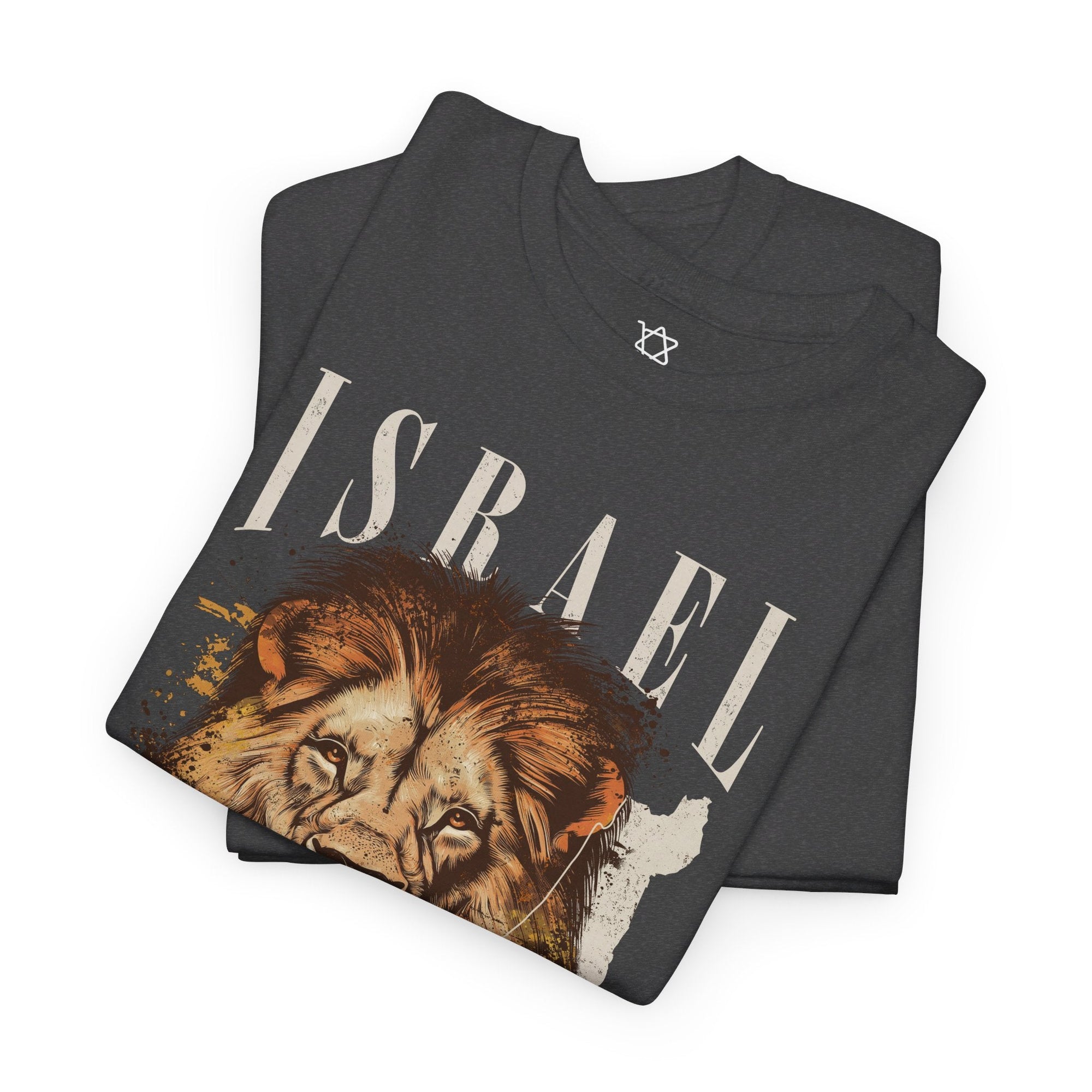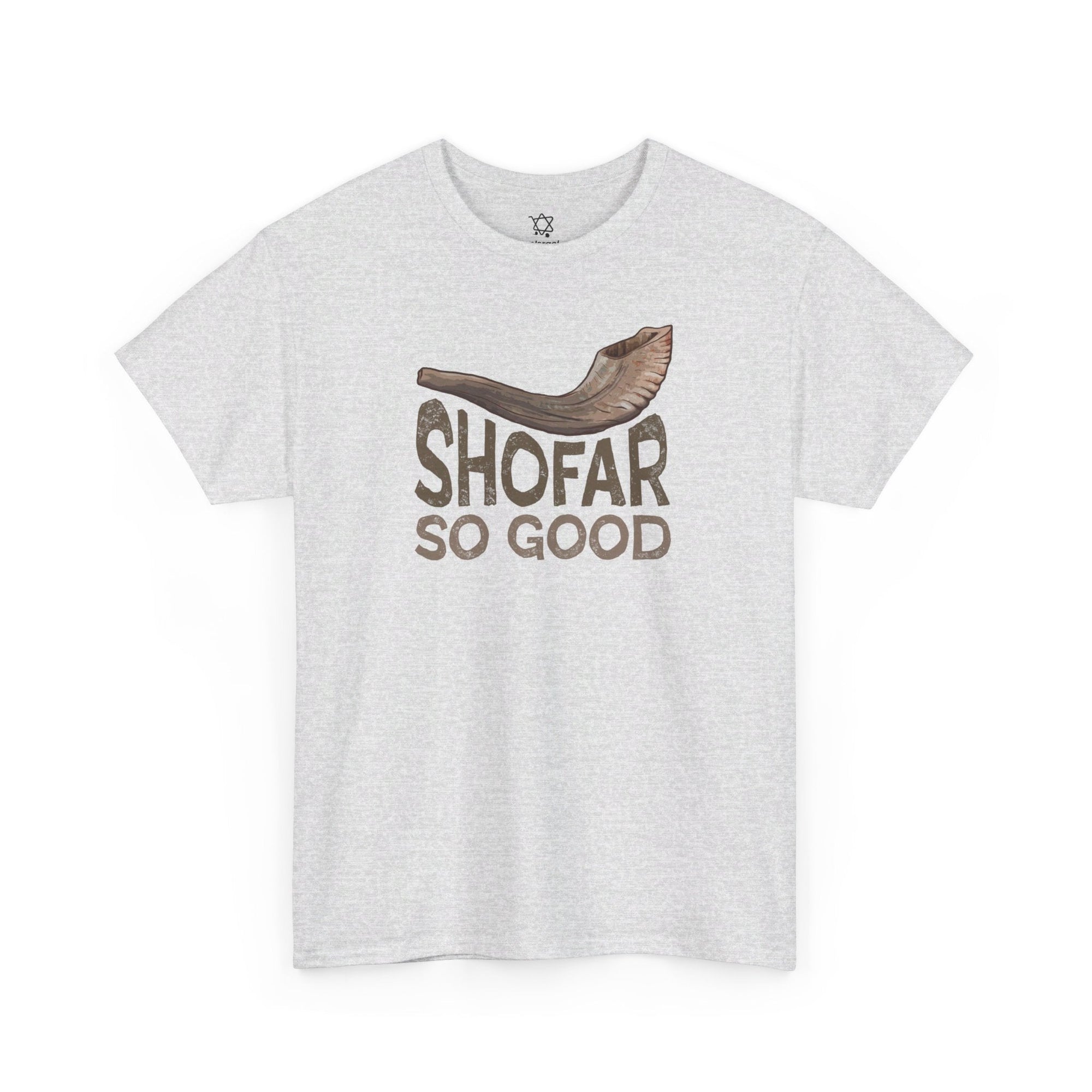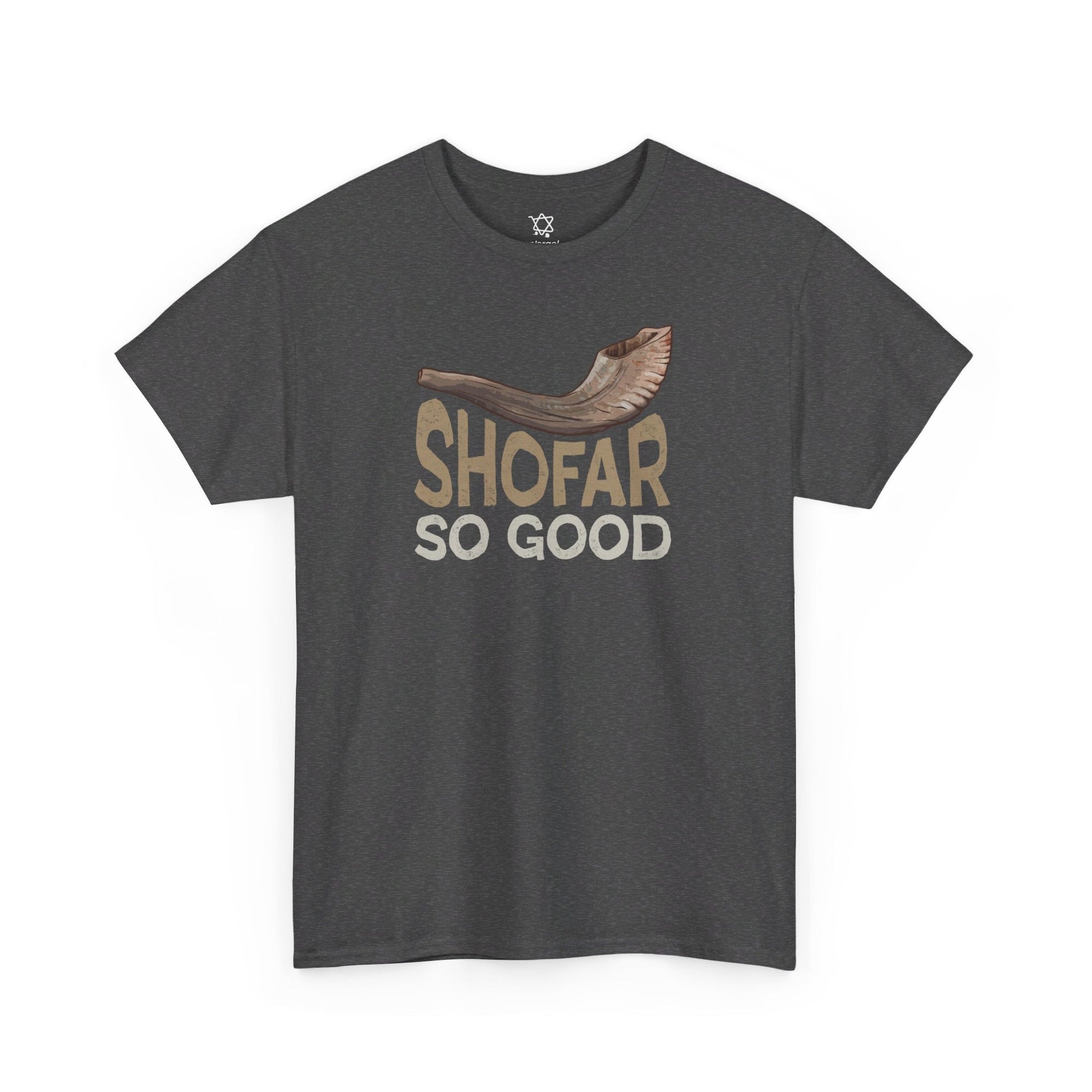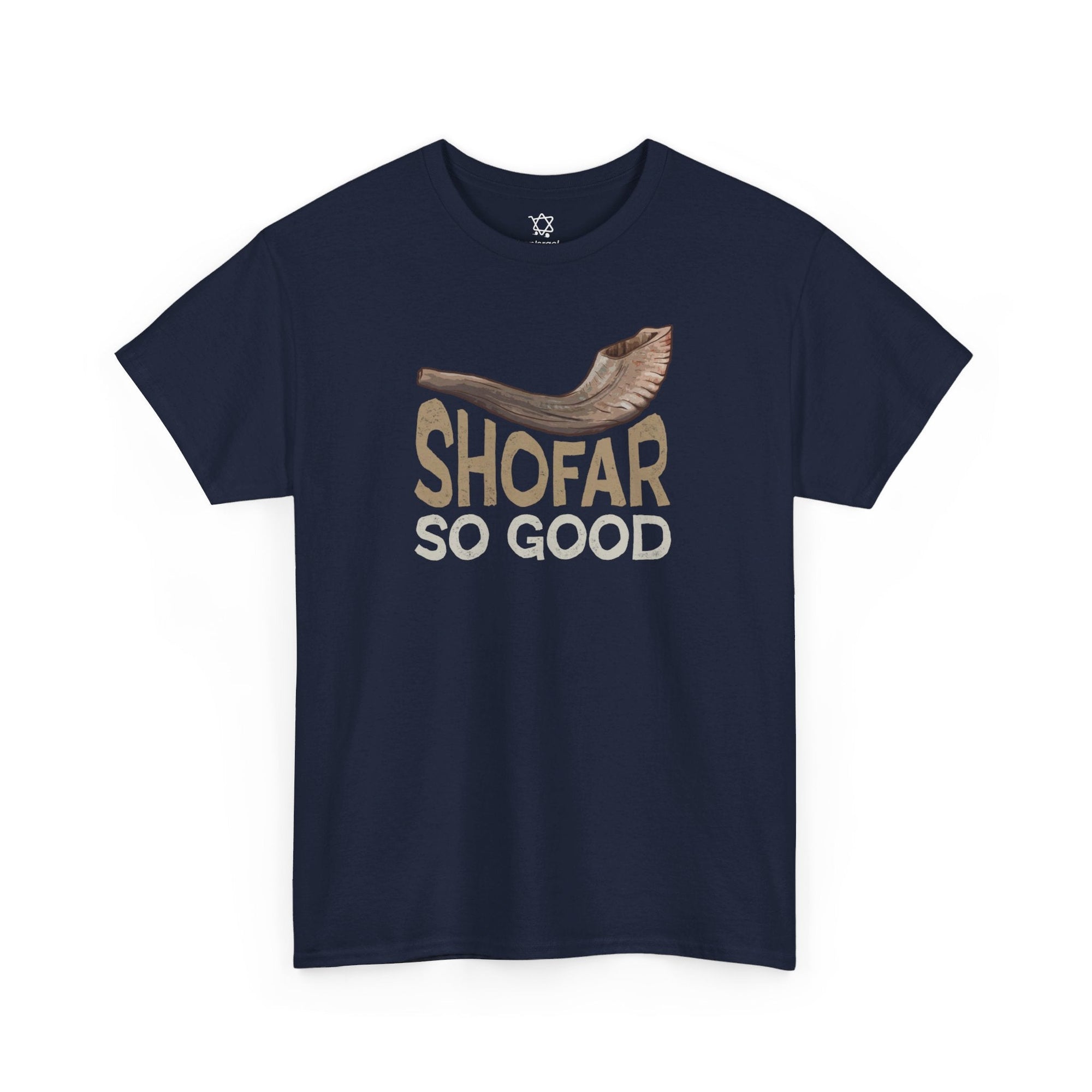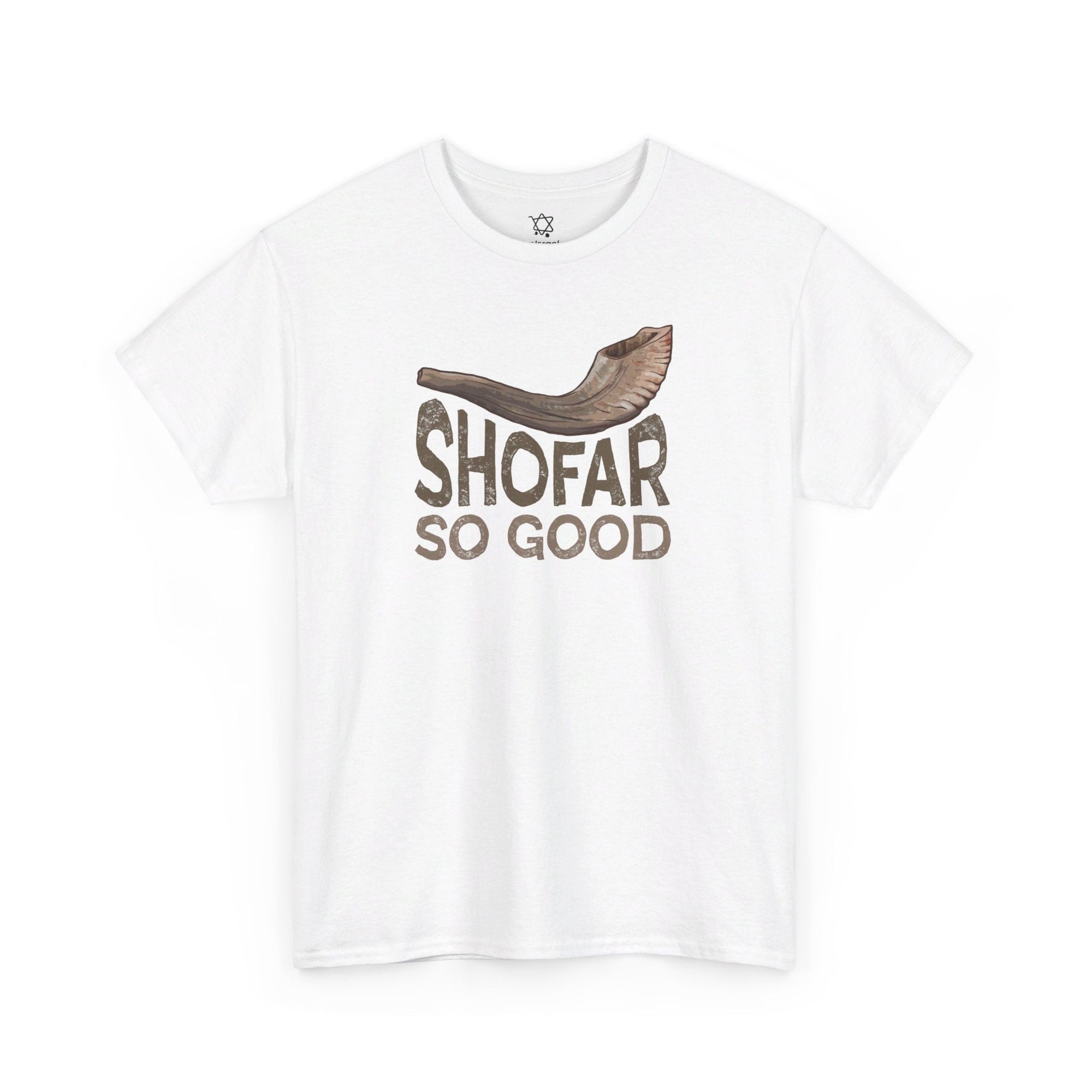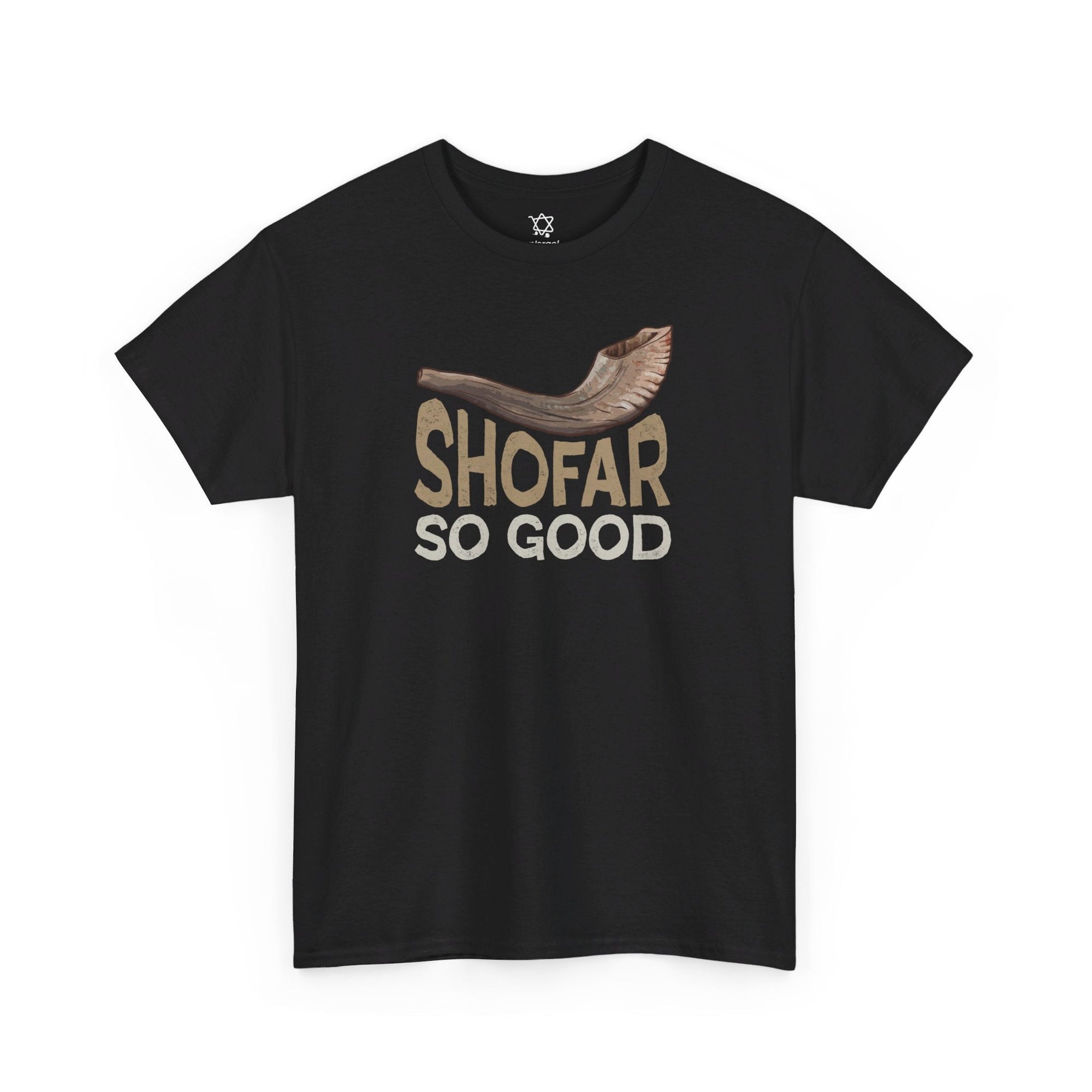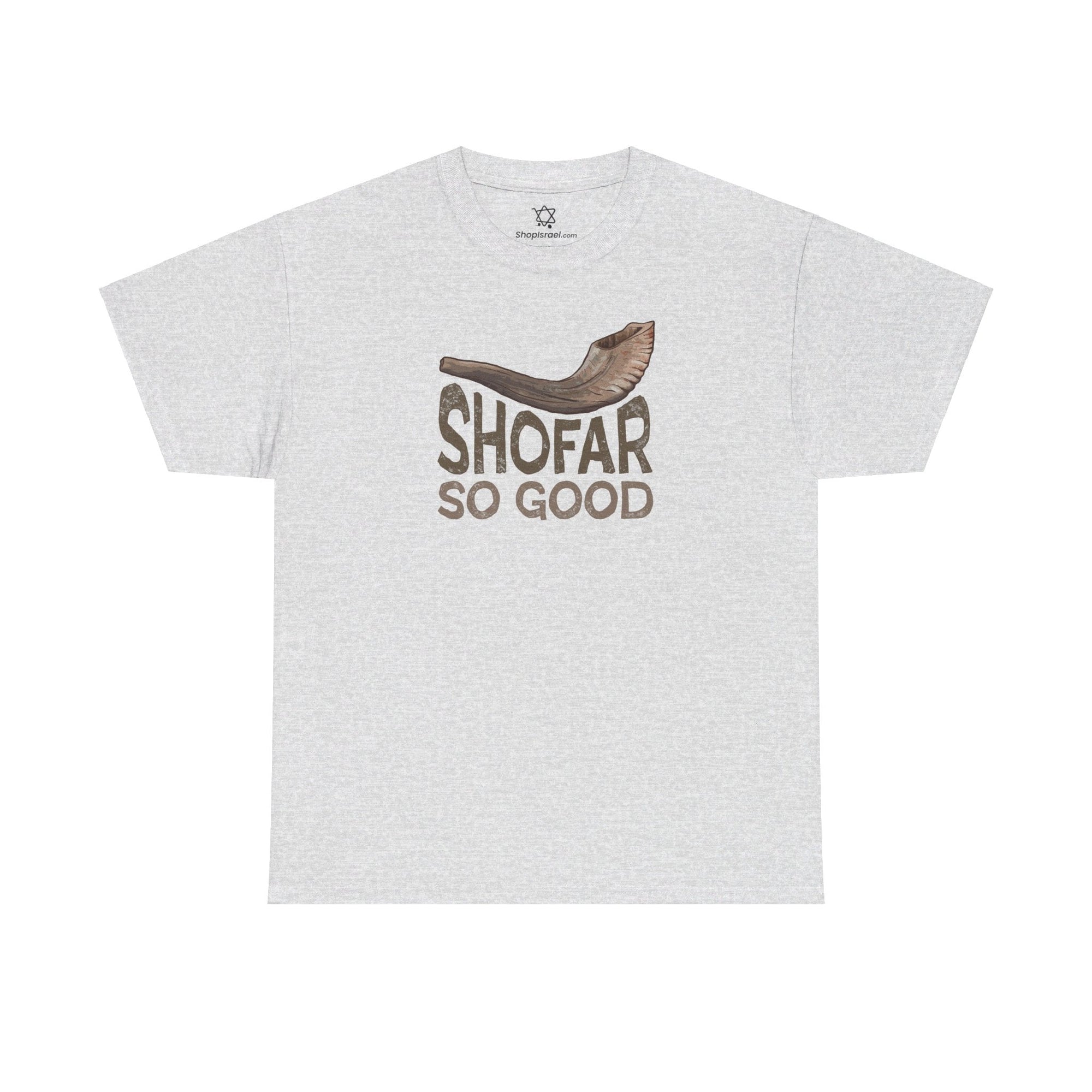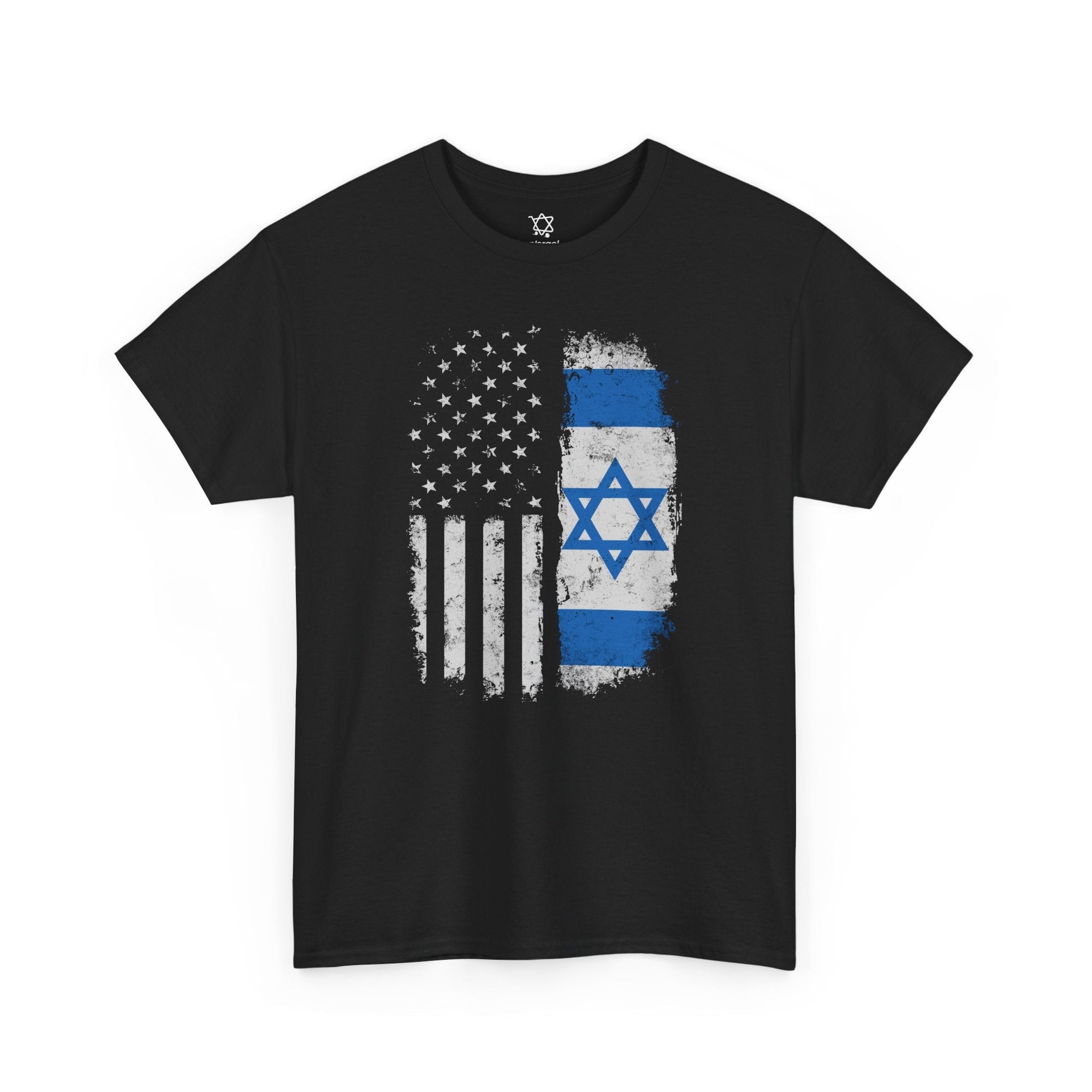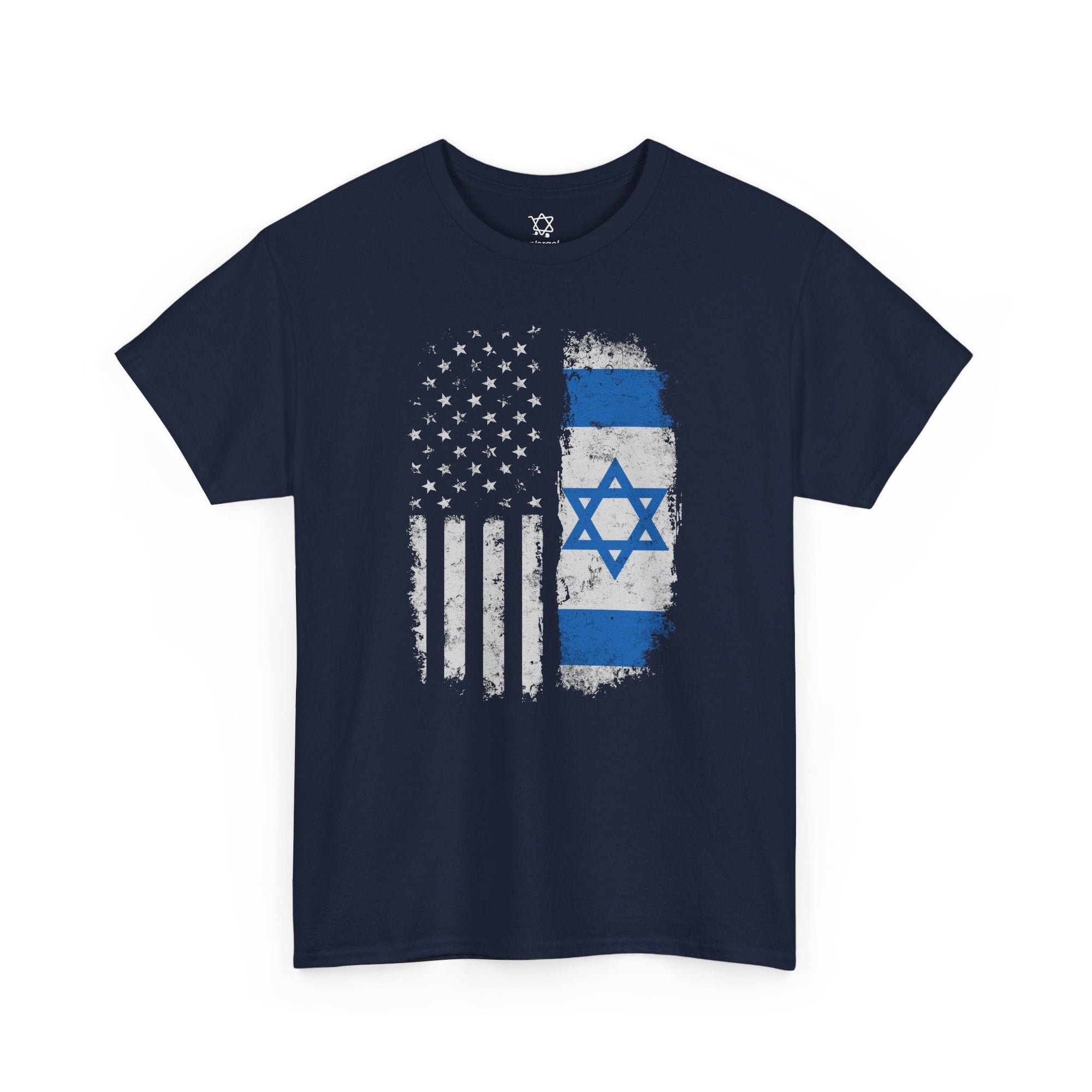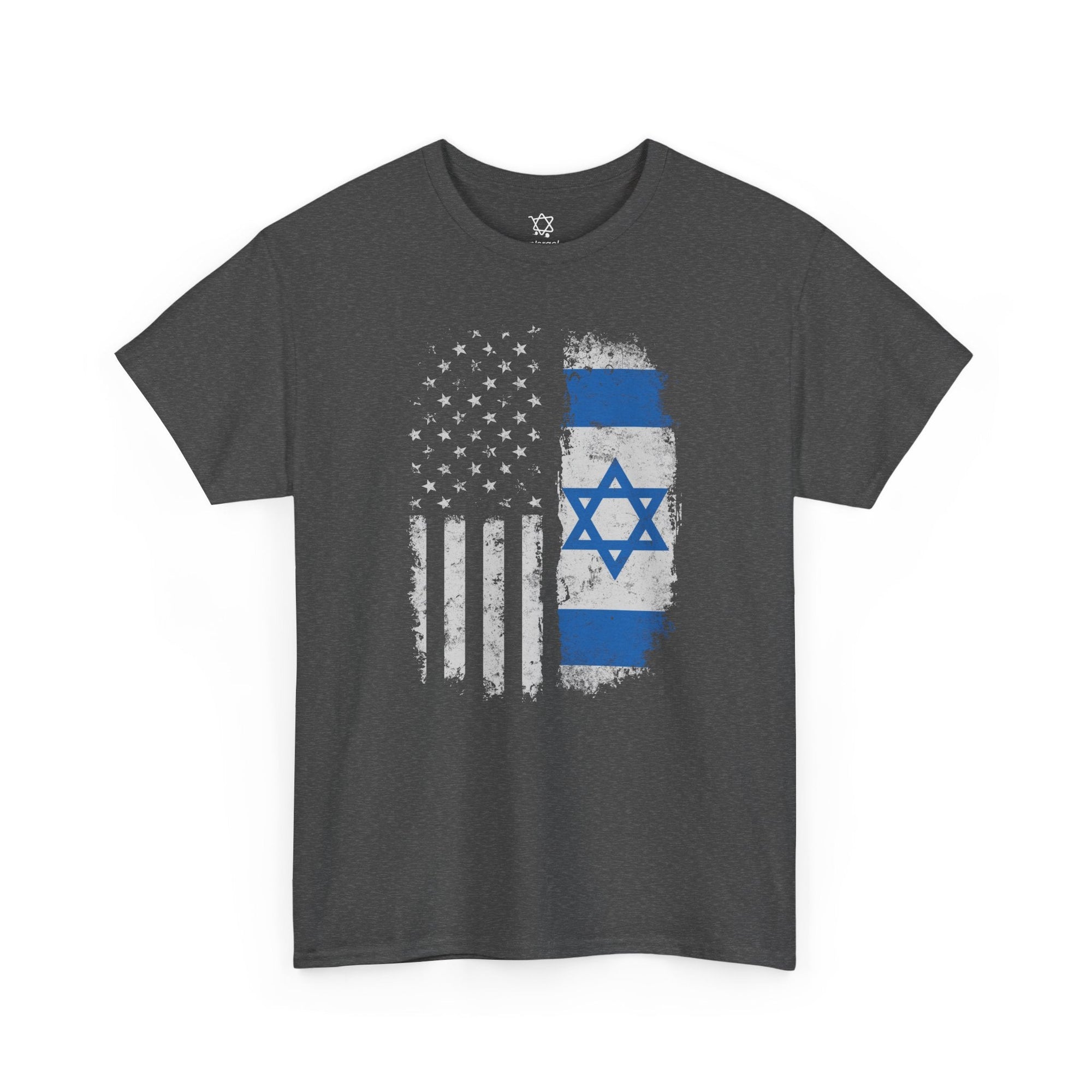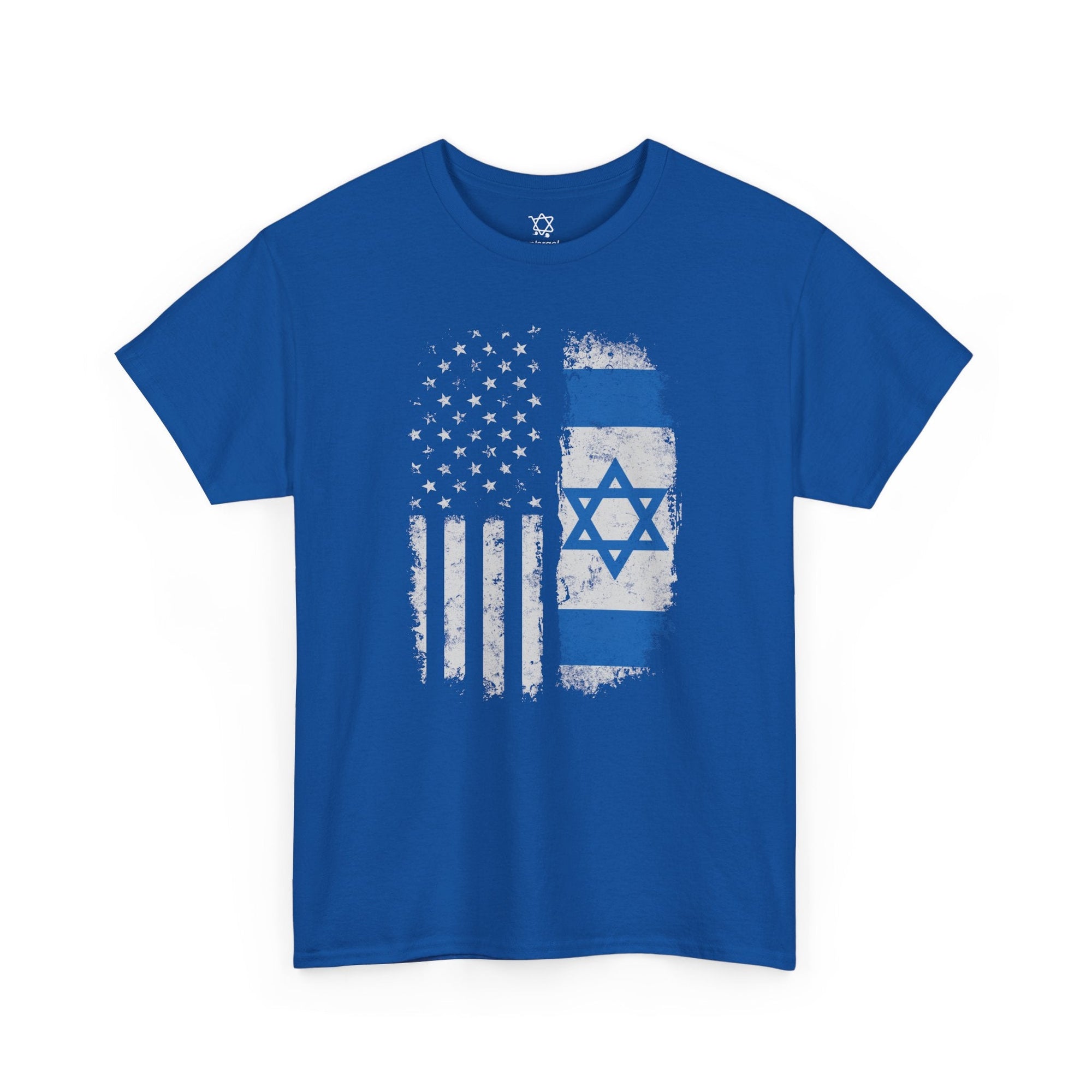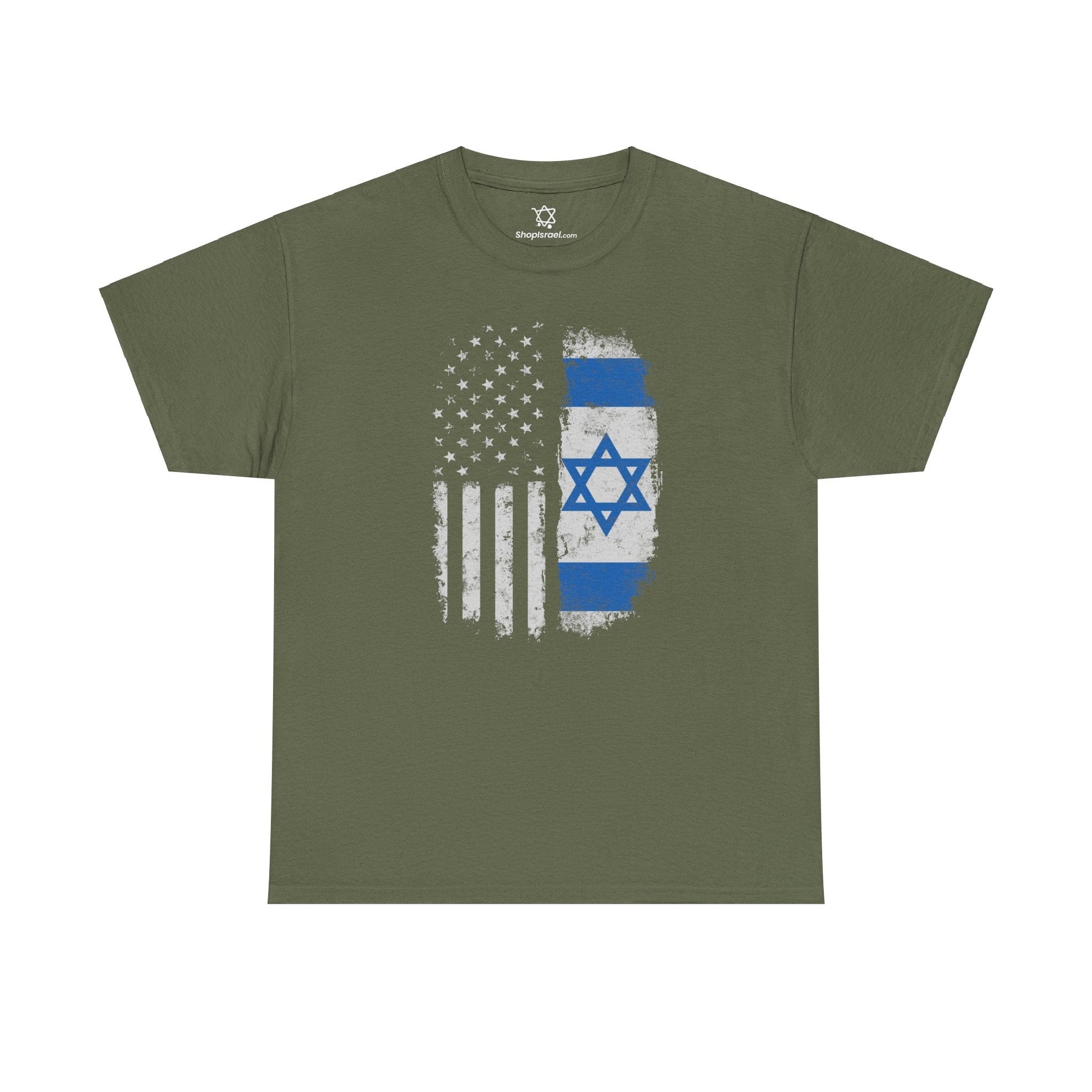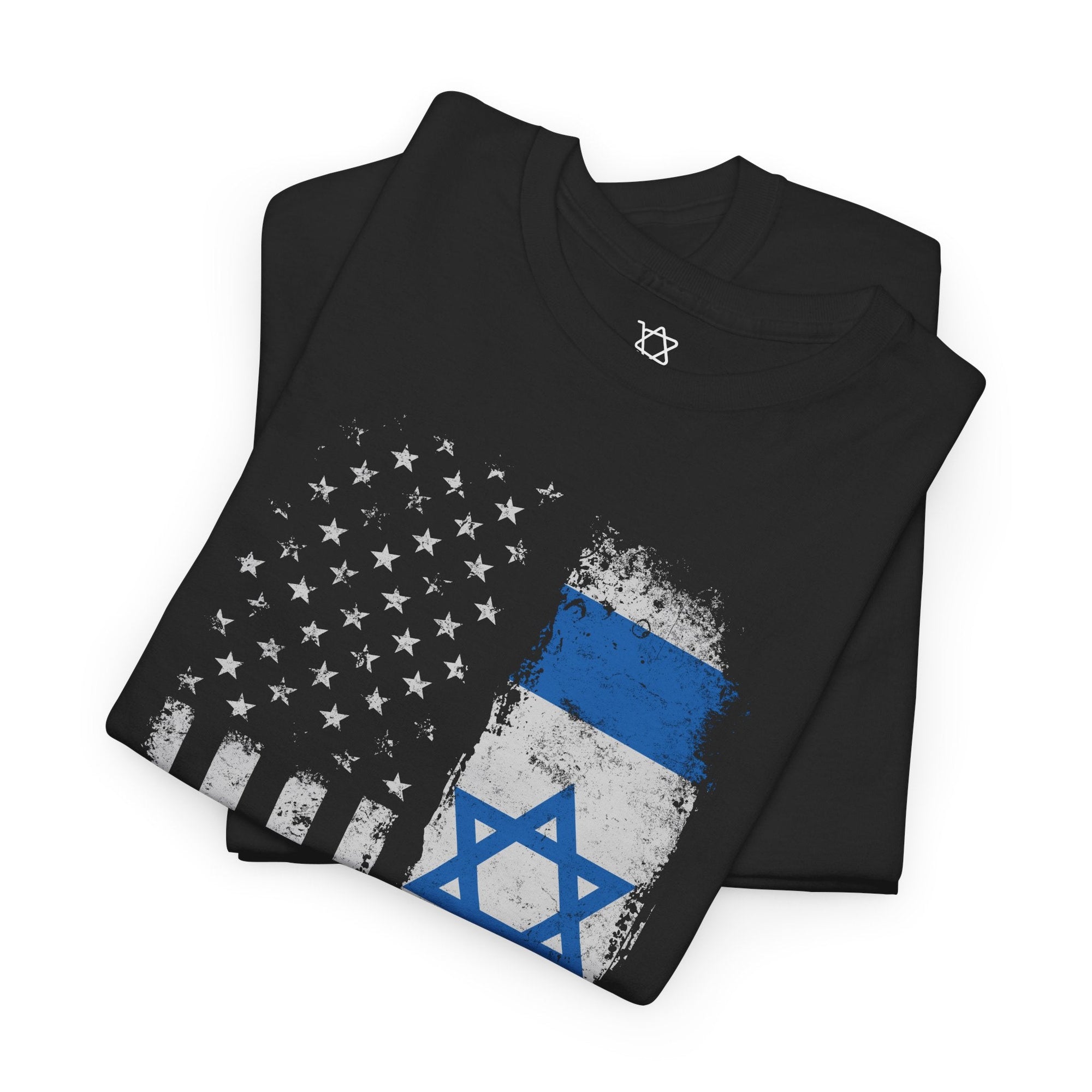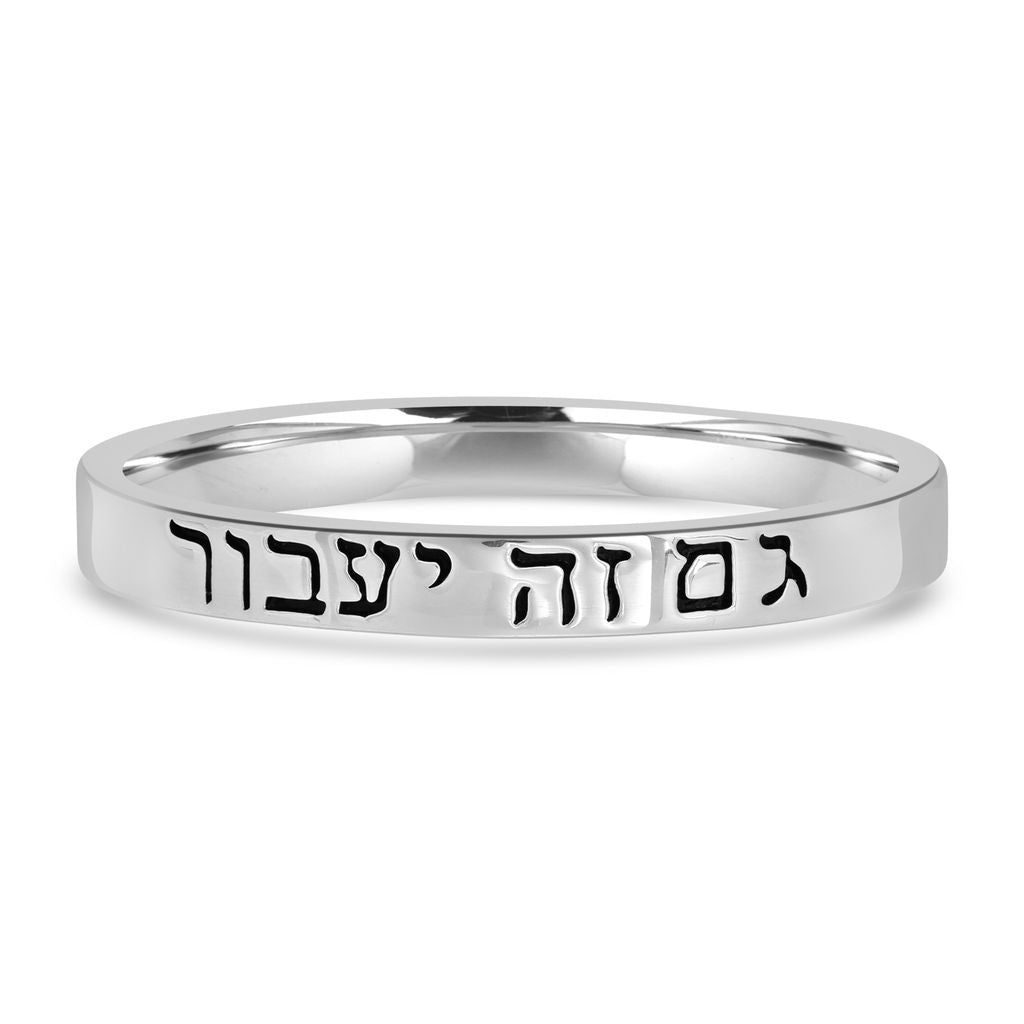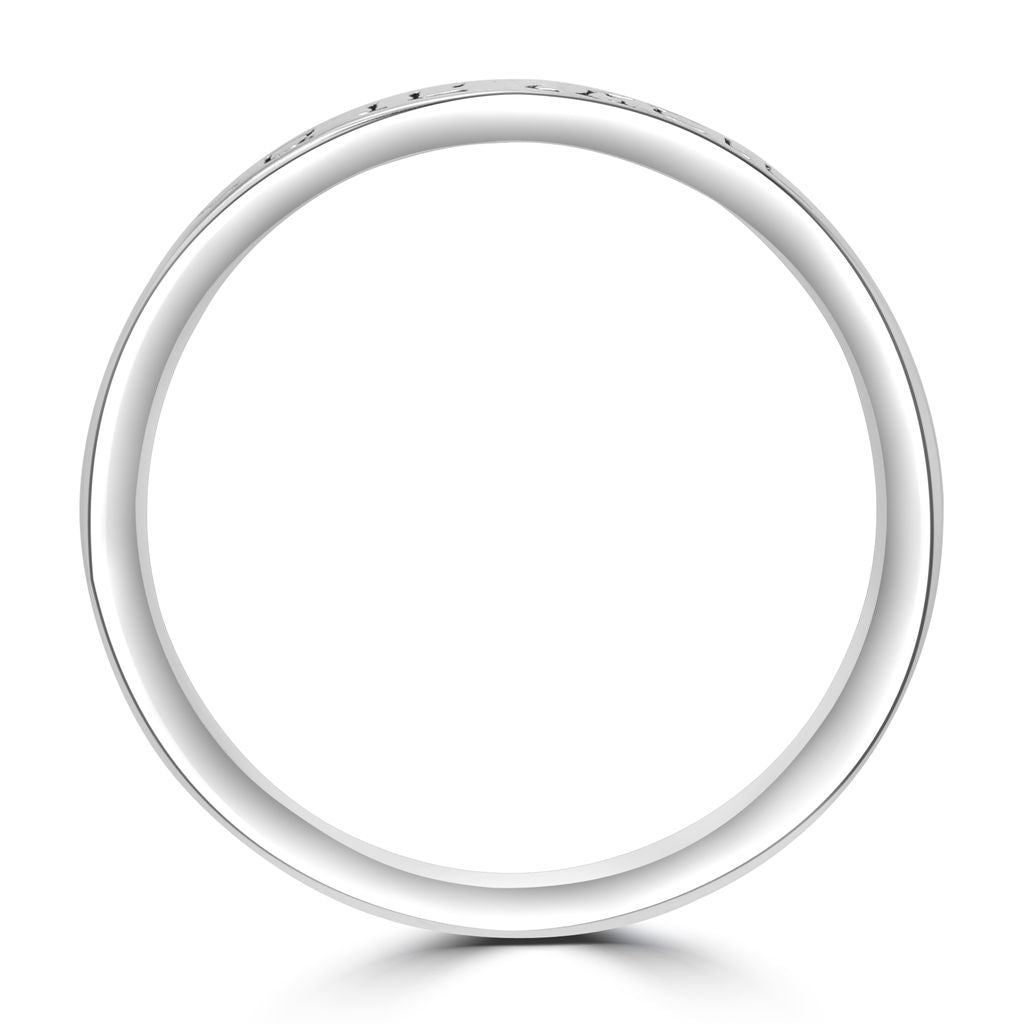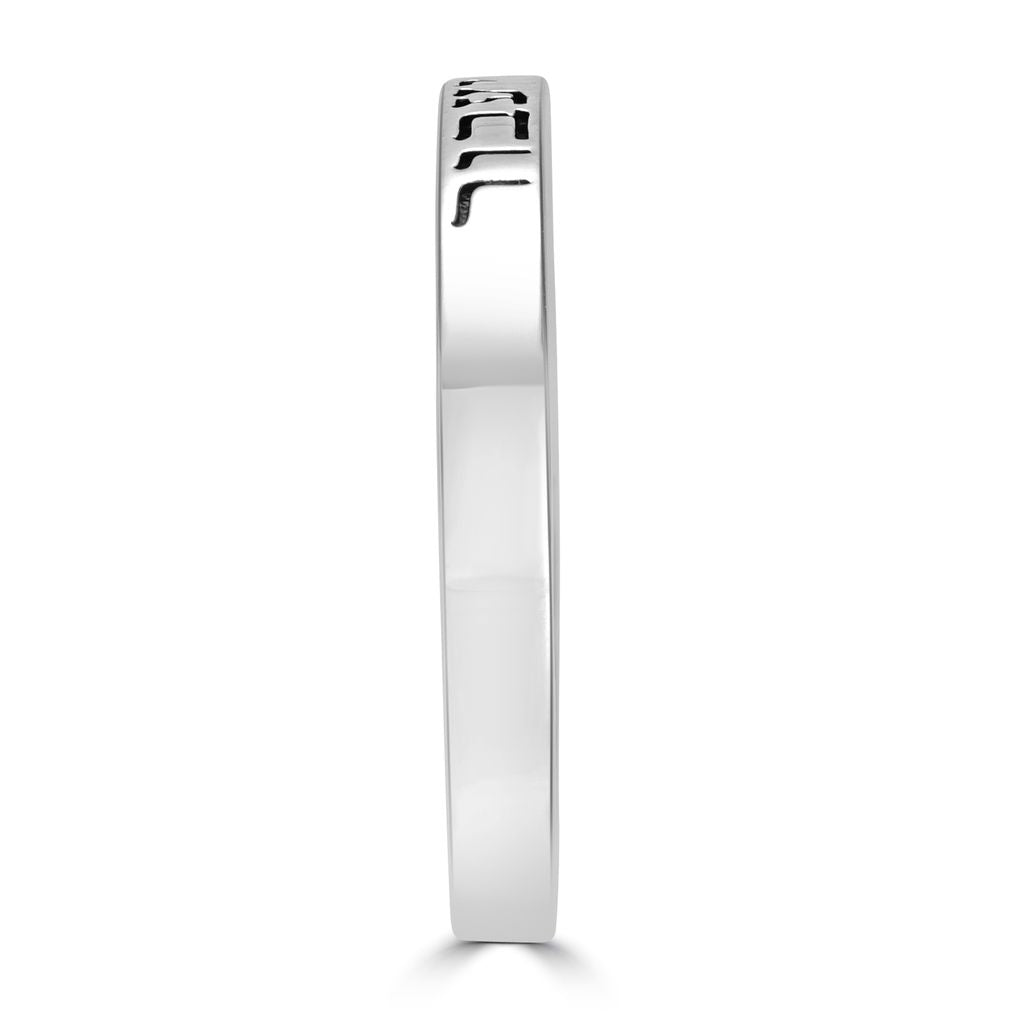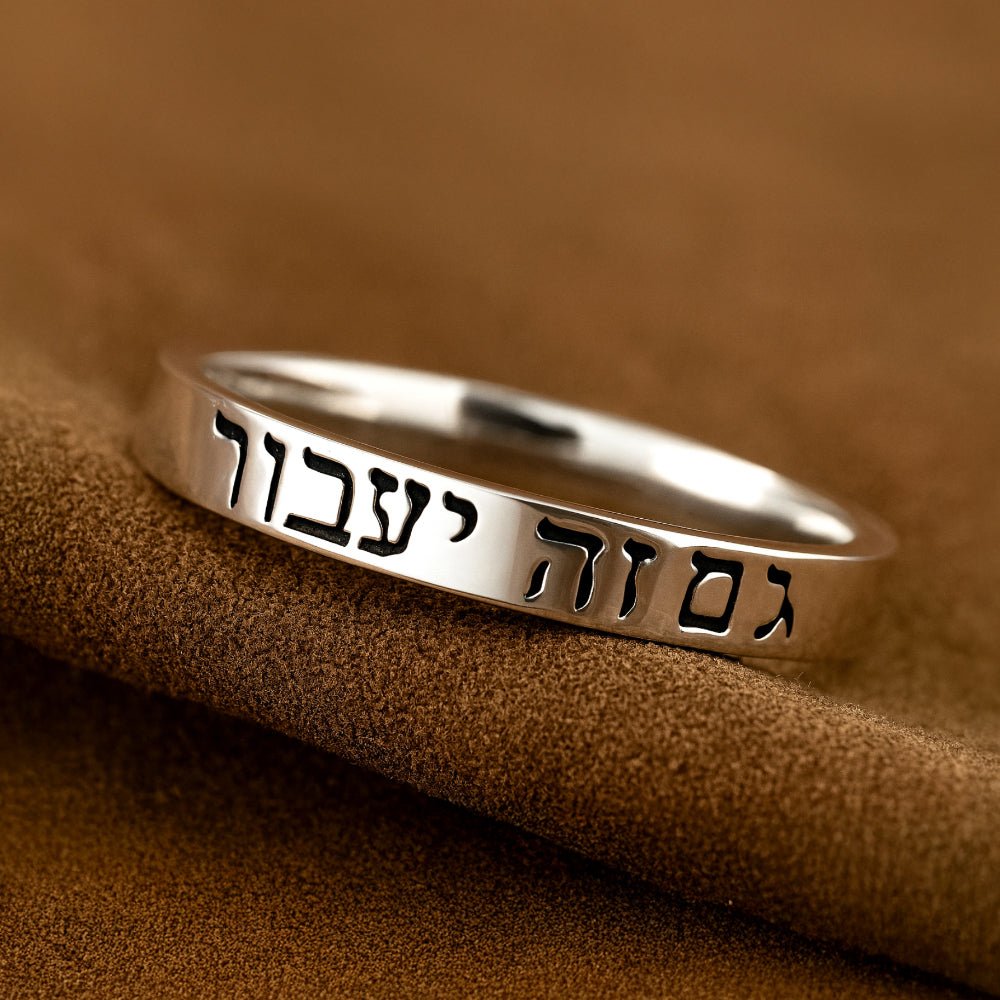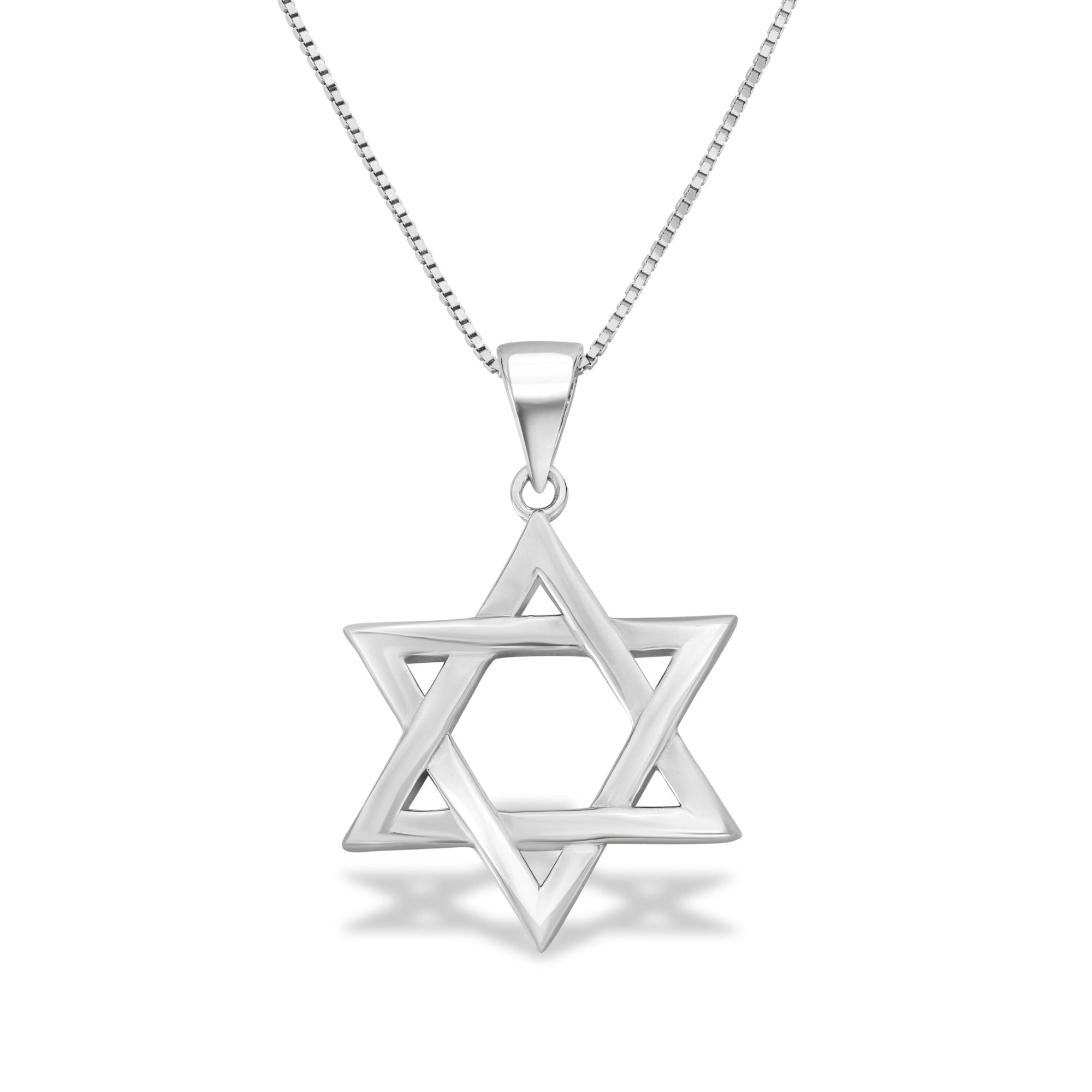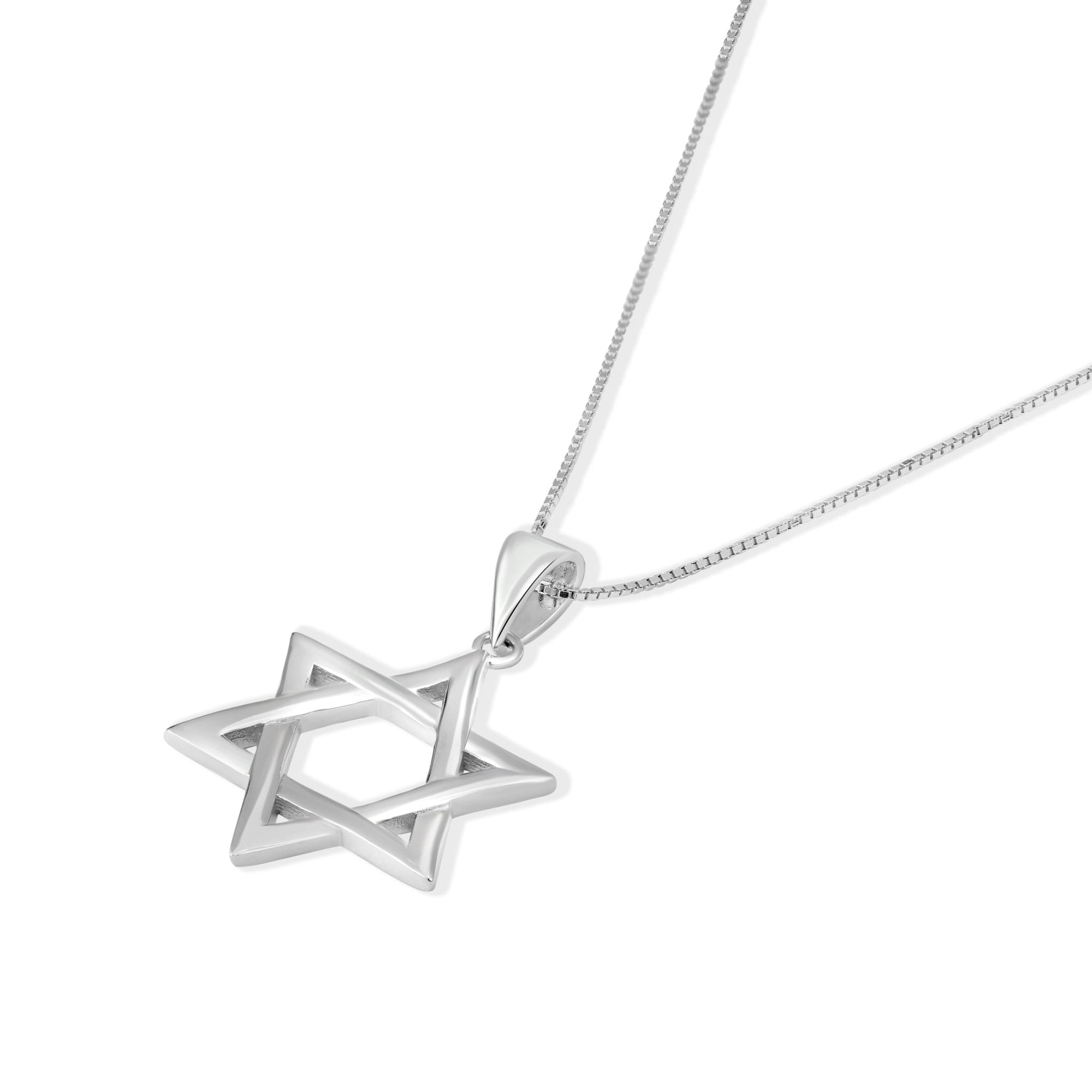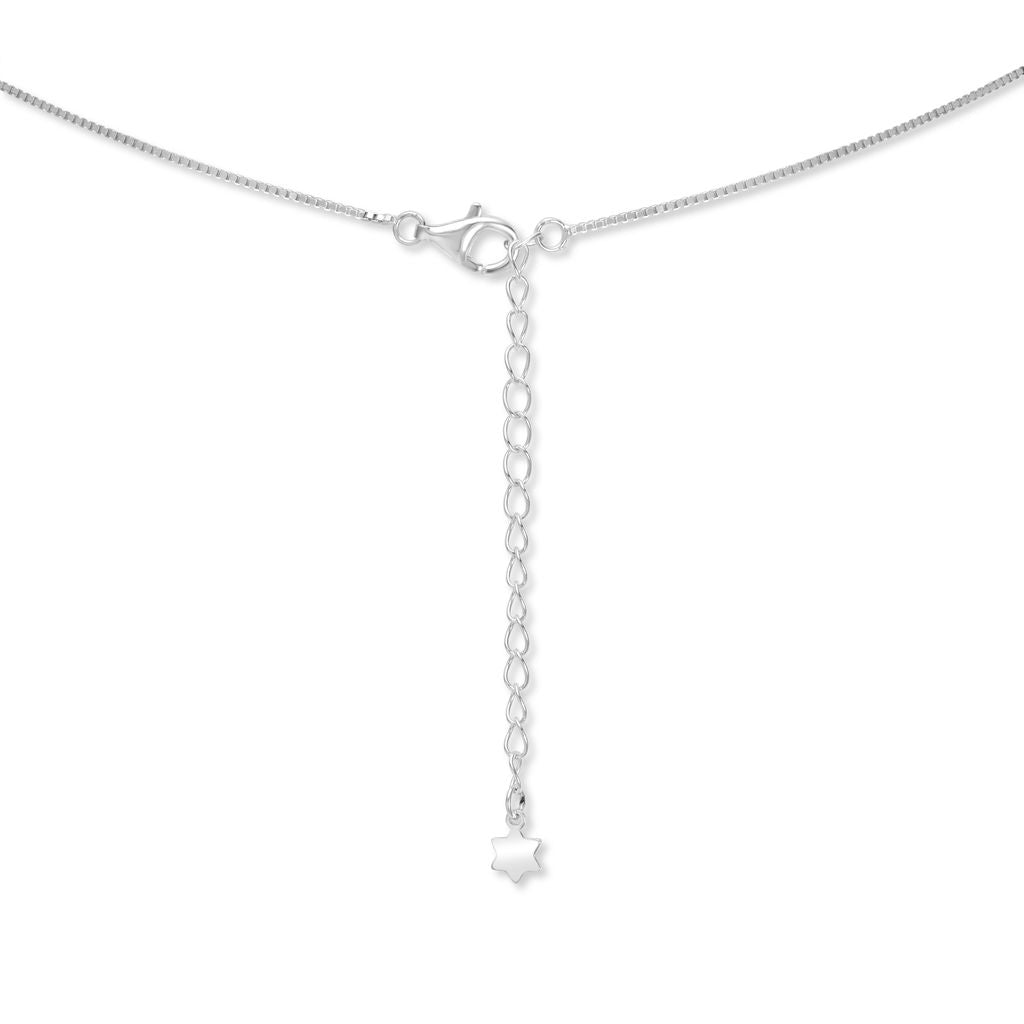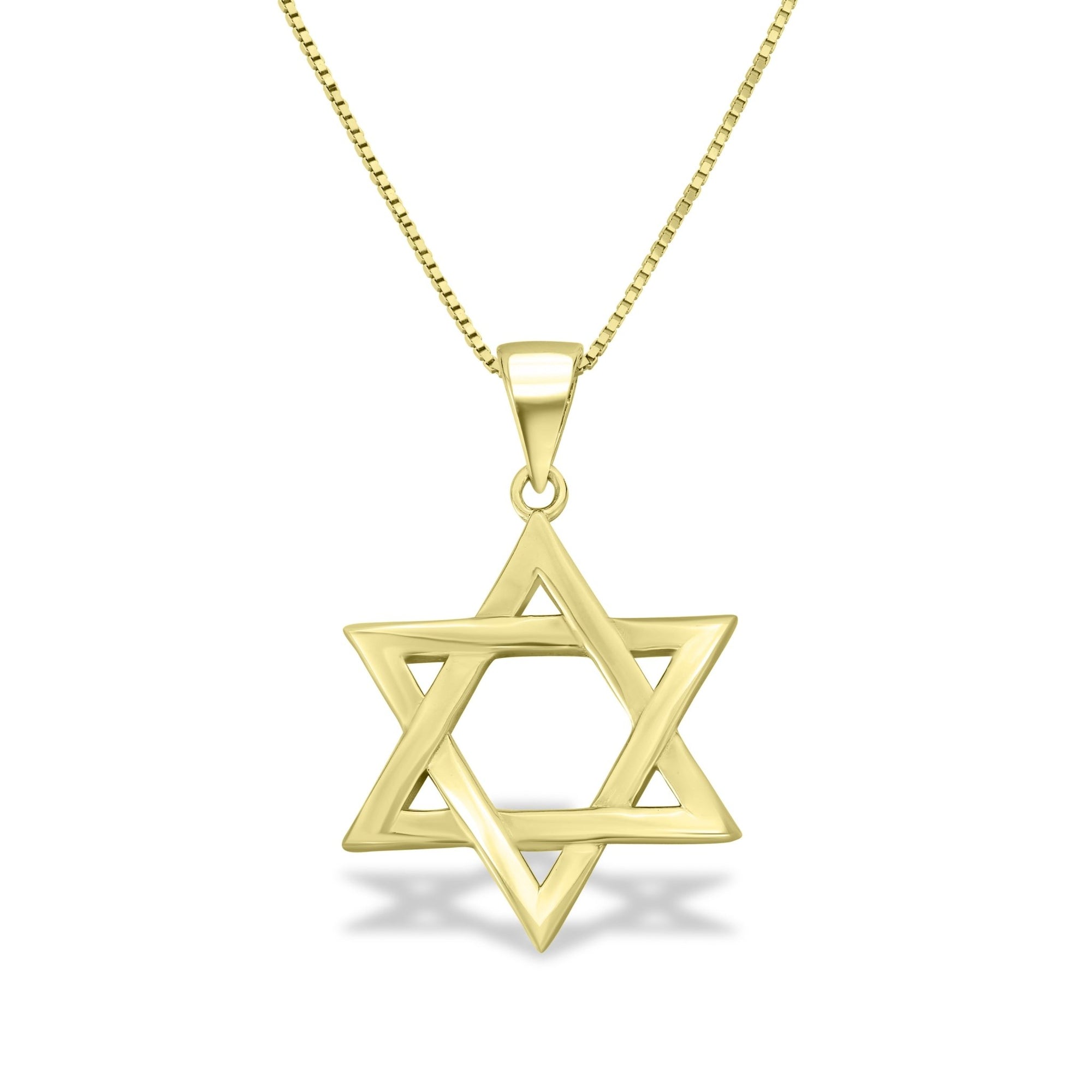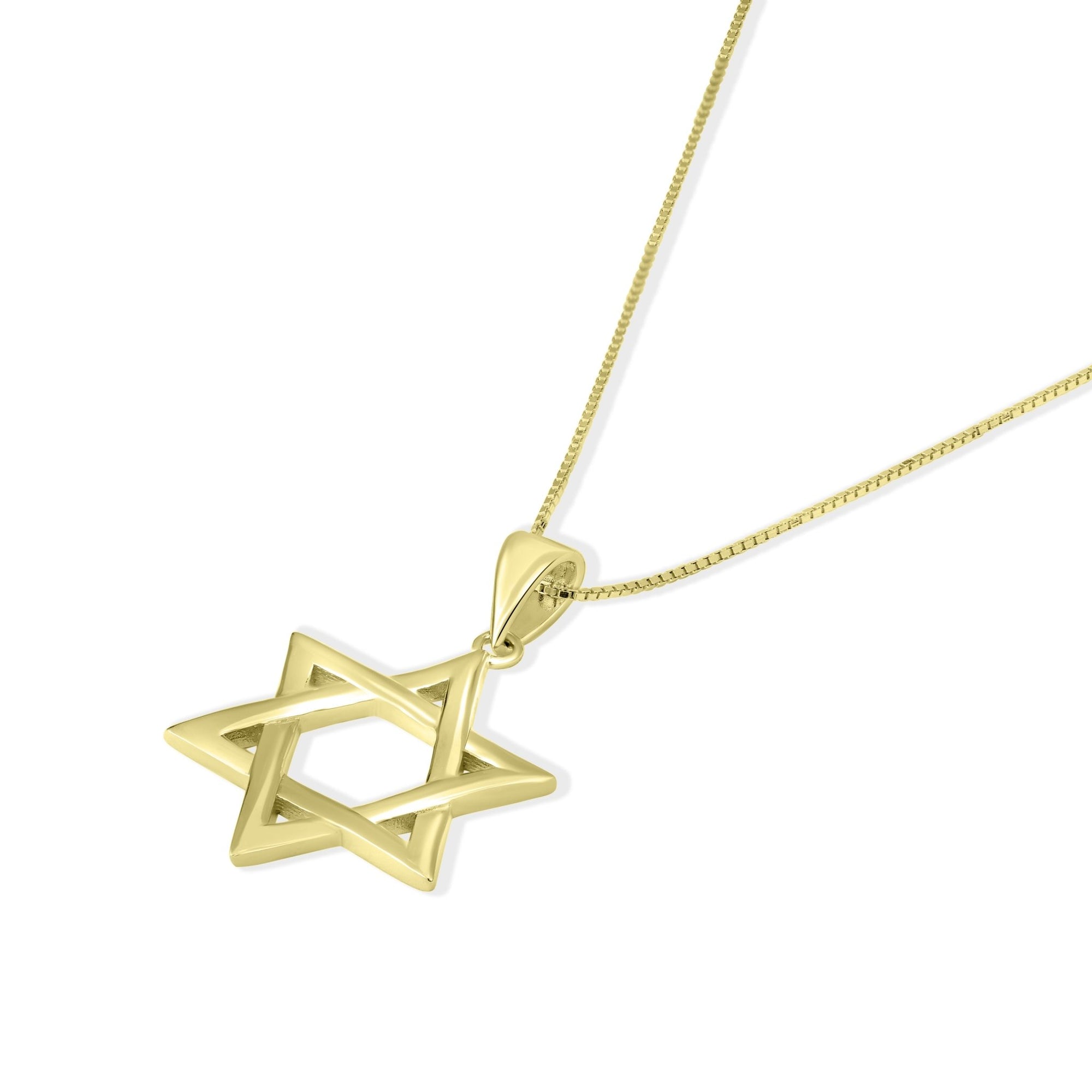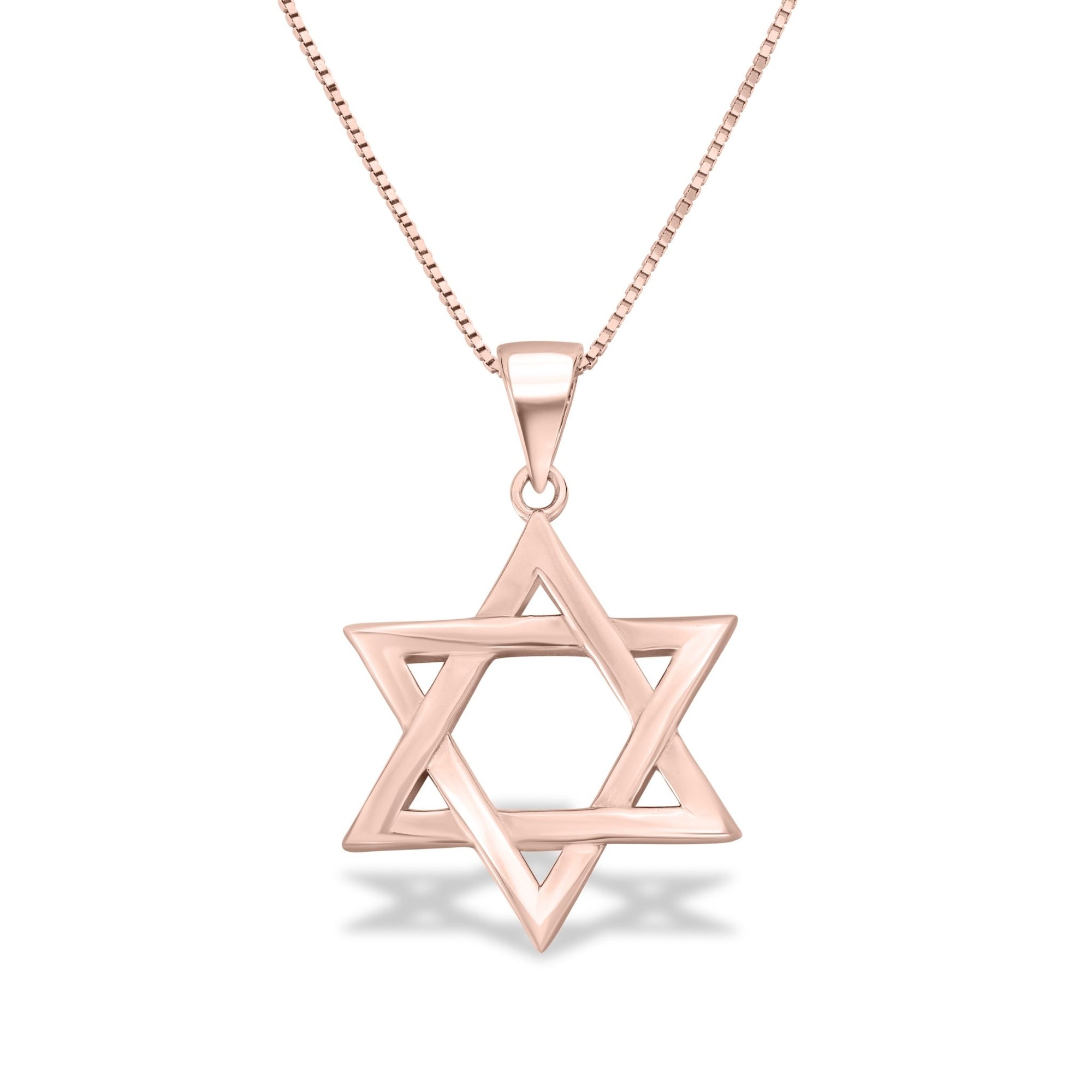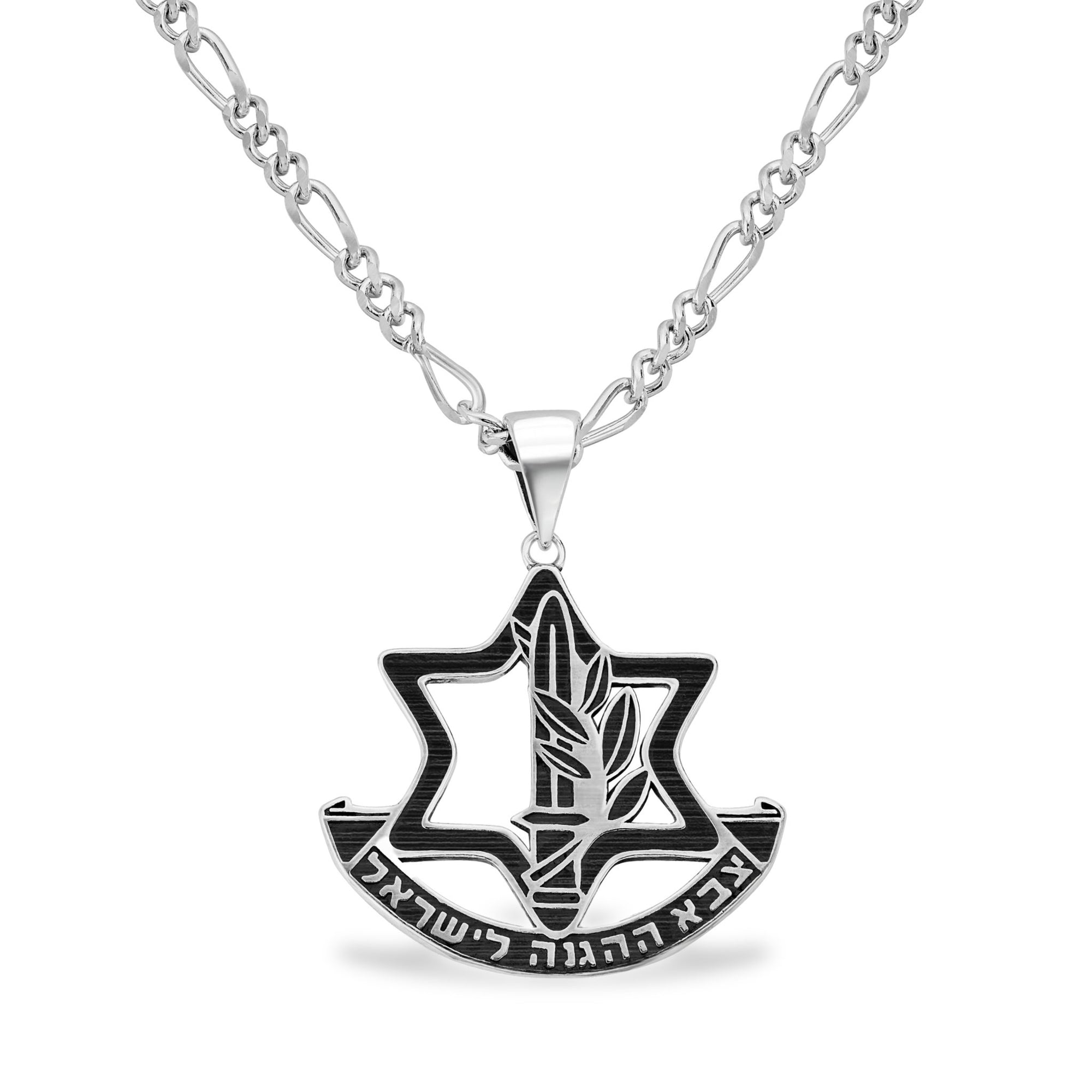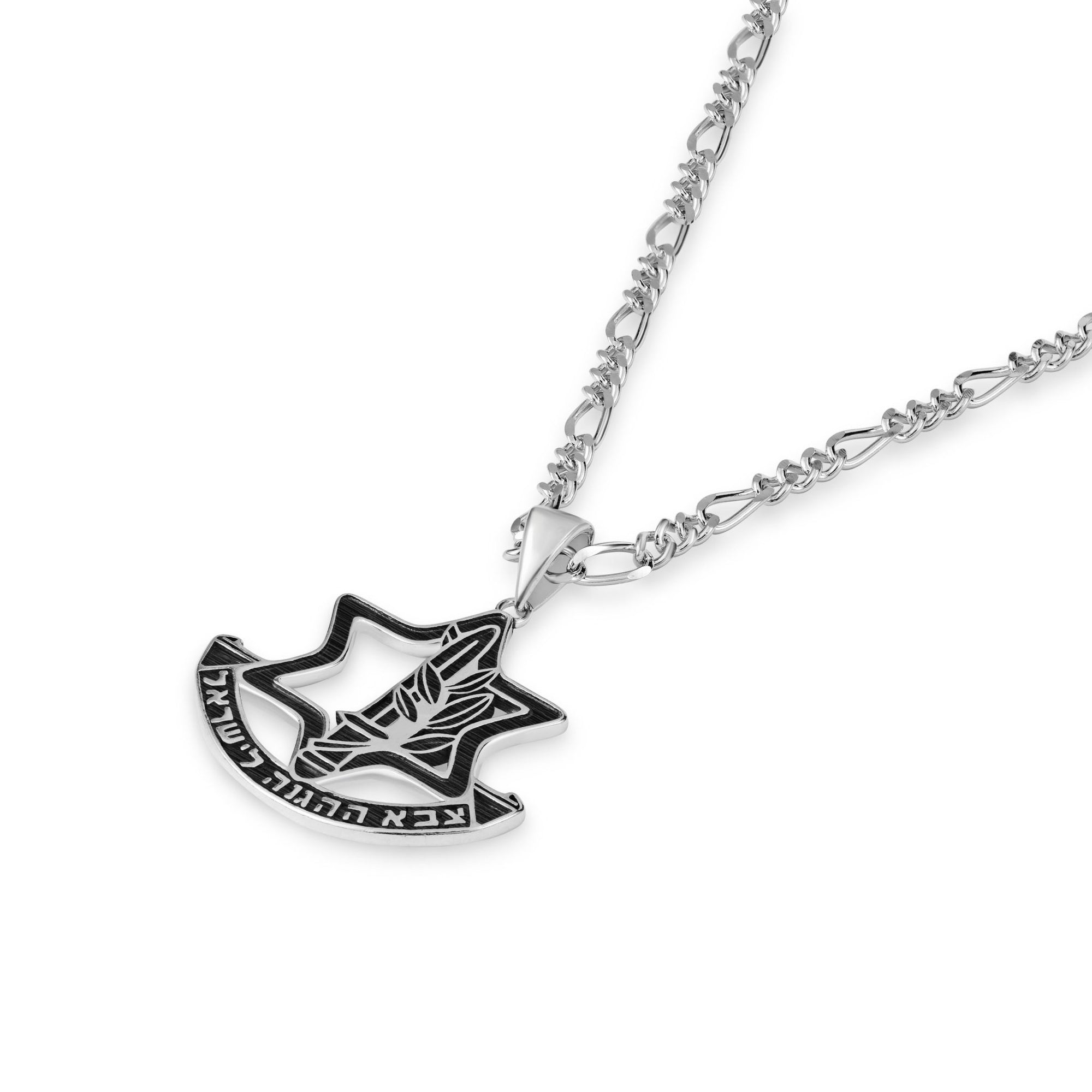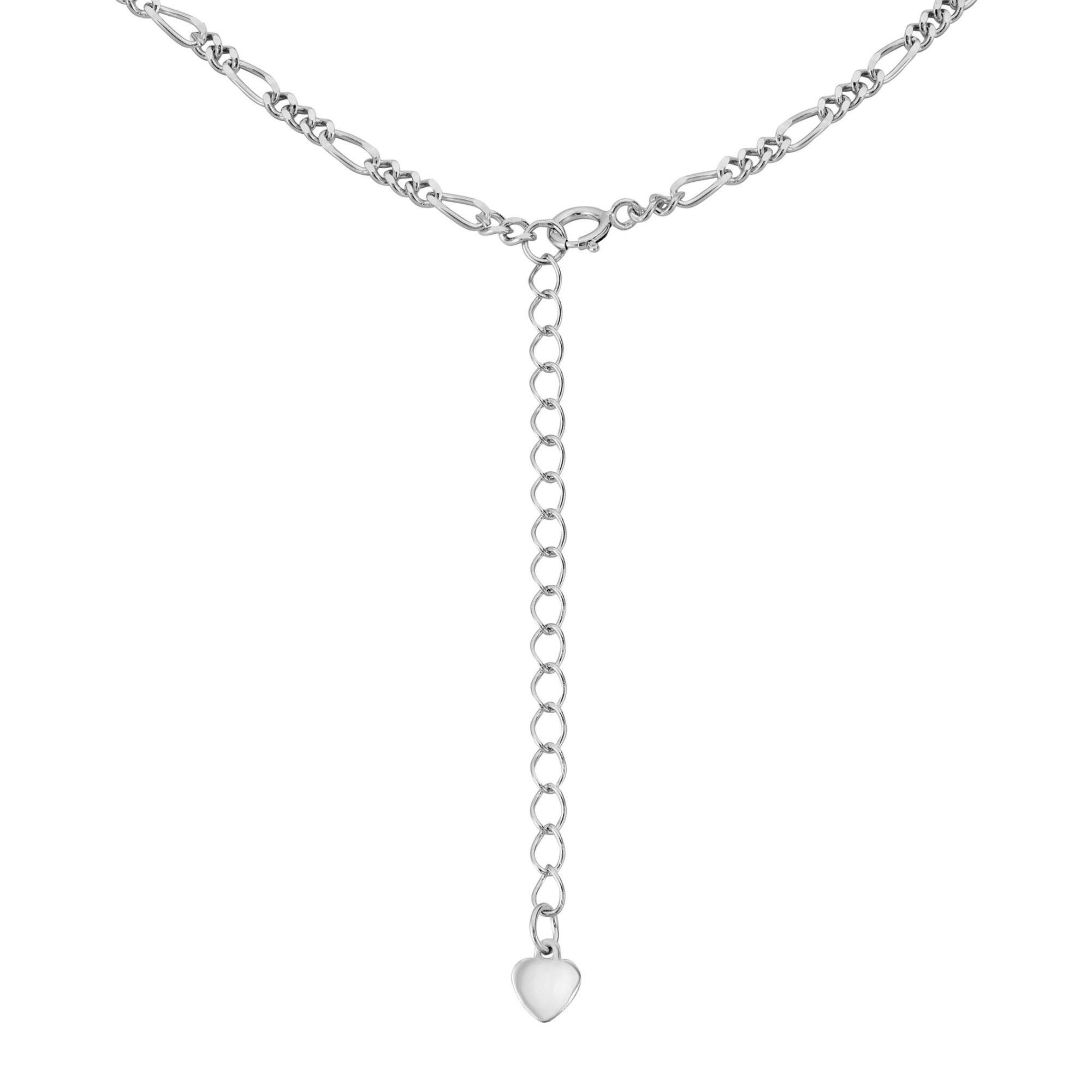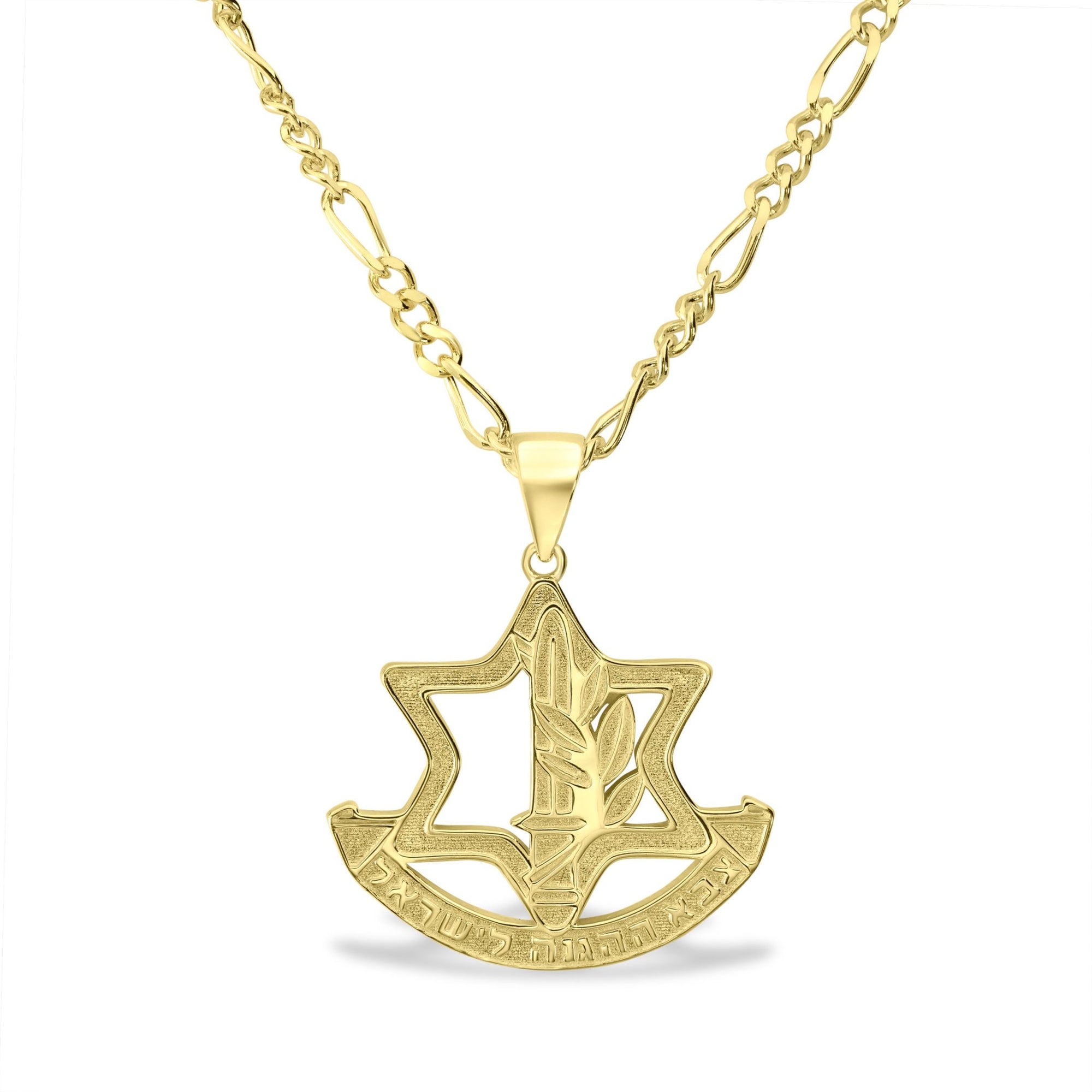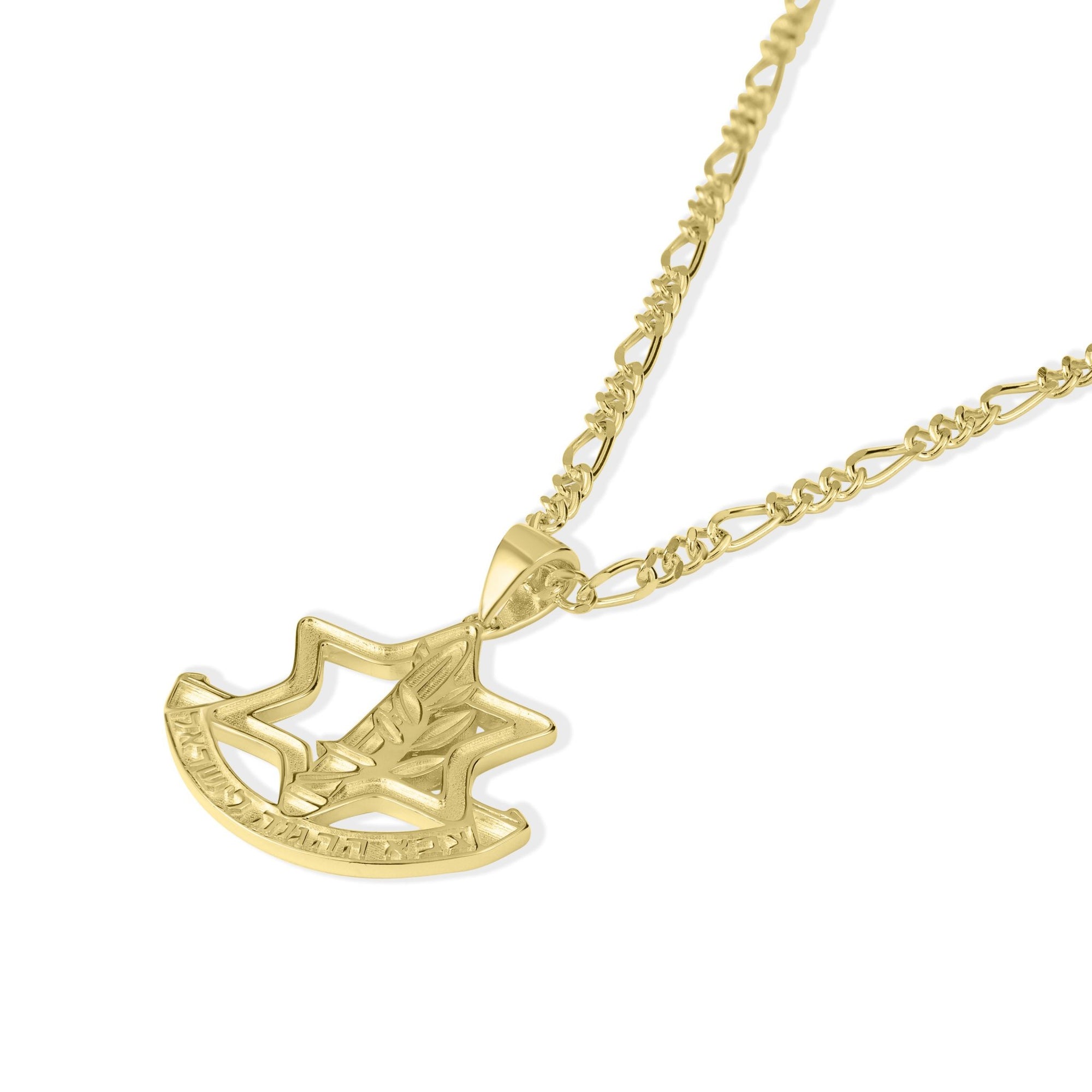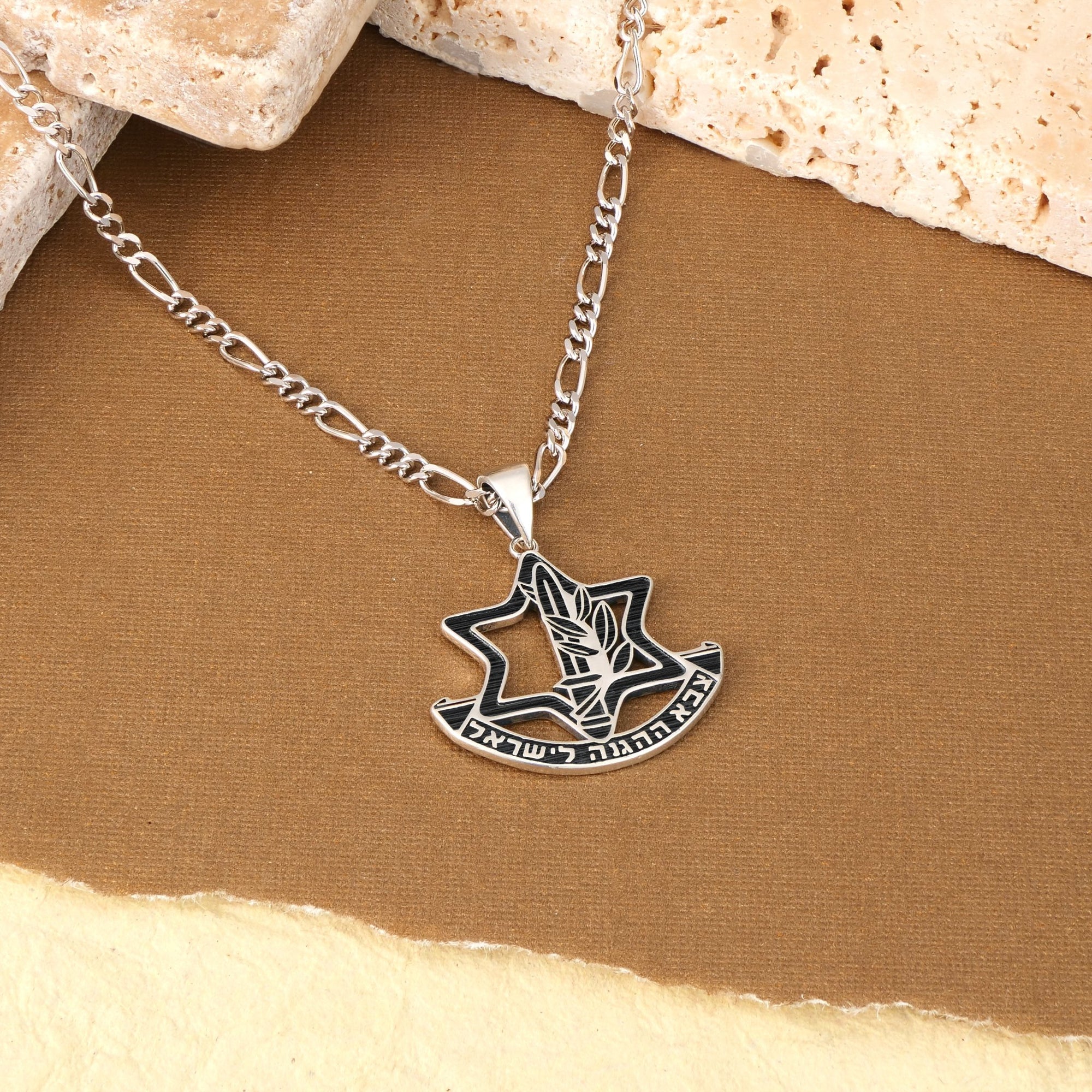Introduction to the Shofar’s Enduring Symbolism
The shofar, a ram's horn transformed into a compelling spiritual instrument, stands as one of Judaism’s most ancient and revered symbols. Its evocative sound resonates throughout key religious ceremonies, especially during the High Holidays of Rosh Hashanah and Yom Kippur, stirring the hearts and consciences of millions. This article delves into the multifaceted cultural and spiritual significance of the shofar, alongside an exploration of the craftsmanship and merchandise associated with this iconic Judaica, illuminating why it remains a vibrant emblem of faith, repentance, and divine hope.
The Shofar’s Spiritual and Biblical Foundations
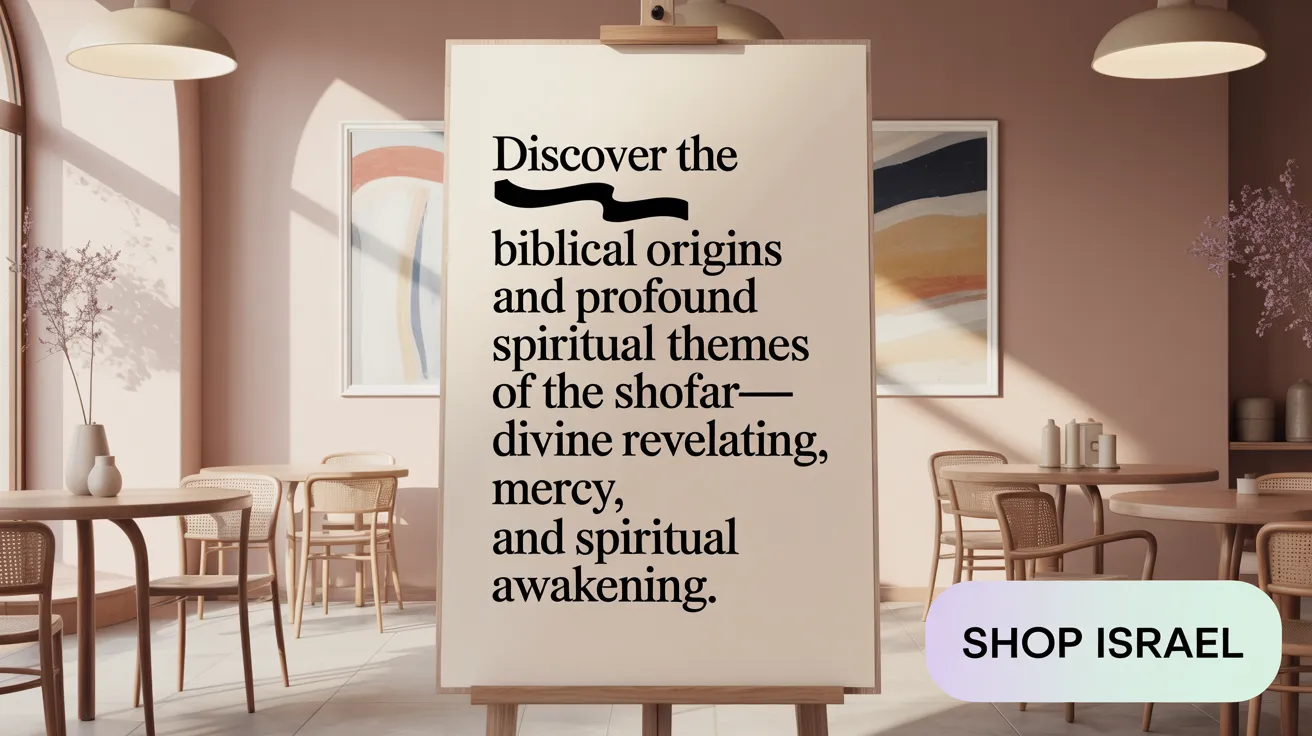
What are the biblical origins and spiritual themes associated with the shofar?
The shofar, made traditionally from a ram's horn, holds profound biblical and spiritual significance. It is frequently mentioned in the Hebrew Bible, especially in the dramatic revelation at Mount Sinai (Exodus 19), where the blast of the shofar caused the Israelites to tremble in awe. This moment links the shofar directly to divine revelation and God's powerful presence (Shofar in Jewish tradition).
The shofar also features in pivotal biblical narratives. One central story is the Binding of Isaac, where a ram caught in a thicket was sacrificed instead of Isaac (Genesis 22). The ram's horn became a symbol of God's mercy, faith, and ultimate forgiveness. This powerful image is echoed during the High Holidays when the shofar is sounded to inspire reflection and repentance (Shofar symbolism and spiritual awakening).
Another significant event involving the shofar is the fall of the walls of Jericho (Joshua 6, where blowing the shofar was part of God's miraculous military strategy. This symbolizes spiritual victory and divine intervention through faith (Biblical uses of the Shofar).
Beyond these events, the shofar is viewed as a call to spiritual awakening and moral renewal. Its blasts serve as a wake-up call to conscience, urging repentance and return to God, especially during Rosh Hashanah and Yom Kippur (Shofar symbolism and spiritual awakening. This reinforces the shofar’s role as both a historical symbol and an active tool for spiritual renewal in Jewish tradition (Shofar symbolism overview.
The Multifaceted Symbolism of the Shofar in Jewish Tradition
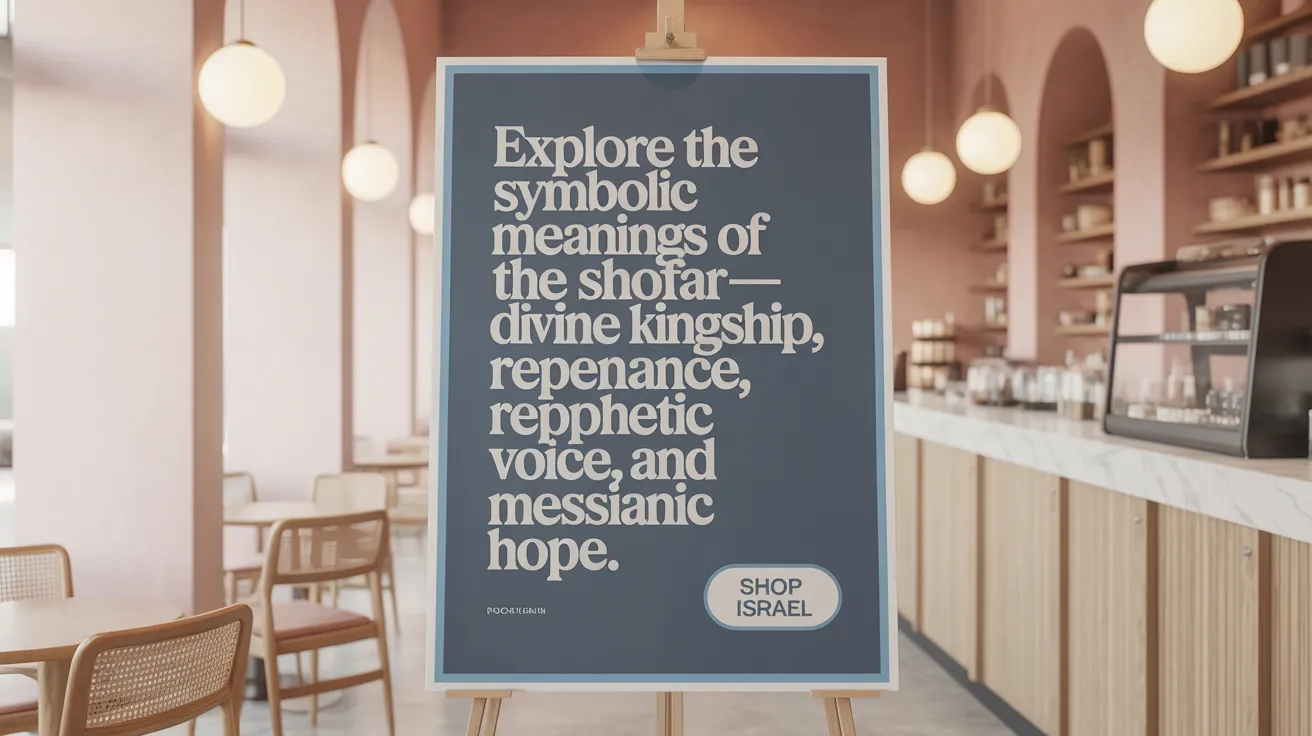
What does the shofar symbolize within Jewish religious practice?
The shofar, a ram’s horn, holds profound symbolic meaning in Jewish religious tradition. It primarily symbolizes God’s sovereignty and kingship. Its blasts resemble the trumpets sounded during a royal coronation, affirming God as King of the universe, especially celebrated during Rosh Hashanah, the Jewish New Year. This symbolizes the renewal of divine rule and encourages spiritual allegiance.
How does the shofar play a role in repentance and the Days of Awe?
The shofar serves as a spiritual alarm clock throughout the Ten Days of Awe, awakening the conscience to encourage introspection and repentance. Its stirring sounds act as a call to examine one’s deeds and return to the path of righteousness. Blowing the shofar during Elul through Yom Kippur marks a sacred invitation to moral renewal and self-improvement, emphasizing the urgency of teshuvah (repentance).
What connections does the shofar have with prophetic exhortation and humility before God?
The sound of the shofar echoes the voices of the biblical prophets, who urged the people of Israel toward righteousness and justice. It is a summons to heed these ancient moral calls and embrace ethical living. Additionally, the shofar inspires humility before God’s majesty, reminding worshippers of their place beneath the divine infinite, fostering awe and reverence.
What symbolism is related to the destruction of the Temple and messianic hope?
The shofar’s blast also mournfully recalls the destruction of the Jerusalem Temple, evoking collective memory and the yearning for national and spiritual renewal. It foreshadows the hopeful future return from exile and the coming of the Messiah, who will restore divine kingship and ultimate peace. This forward-looking symbolism encourages not only reflection on history but also anticipation of redemption and restoration.
The Ritual and Liturgical Role of the Shofar on the High Holidays

How is the shofar used during the Jewish High Holidays?
The shofar plays an essential ritual role during the Jewish High Holidays, beginning with the month of Elul, continuing through Rosh Hashanah, and concluding at Yom Kippur. Throughout Elul, except on Shabbat and the day before Rosh Hashanah, the shofar is sounded daily as a spiritual alarm clock—awakening the conscience and preparing souls for repentance (shofar symbolism, shofar in Elul and High Holy Days, shofar and Repentance.
On Rosh Hashanah itself, the shofar fulfills the biblical mitzvah (commandment) to be heard by the community, primarily adult males, although women and children are encouraged to attend the blowing services. The blasts signify God's kingship, call to repentance, and symbolize spiritual renewal (shofar in Rosh Hashanah, shofar blowing on Rosh Hashanah, shofar mitzvah on Rosh Hashanah).
Shofar blowing concludes many Yom Kippur services, marking the day’s end with a final, resonant blast (shofar in Yom Kippur, shofar in Yom Kippur ceremony).
What are the traditional sequences of shofar sounds, and what do they signify?
The ritual includes three primary shofar sounds, each with unique emotional and spiritual meanings:
- Tekiah: A long, uninterrupted blast representing awe and the coronation of God as King.
- Shevarim: A series of three broken, wailing sounds symbolizing human sorrow and repentance.
- Teruah: A rapid staccato blast designed as a wake-up call to the soul, prompting moral introspection.
These sounds are combined in specific sequences—commonly teki’ah-shevarim-teruah-teki’ah—to total approximately 100 blasts during Rosh Hashanah services (Shofar Sounds: Tekiah, Shevarim, Teruah, shofar sound types and meanings, shofar blasts during Rosh Hashanah).
What is the timing and detailed law surrounding the blowing of the shofar?
Originally, shofar blowing took place during the morning service (Shaharit), but rabbinic authorities moved it to the later Musaf service. This change prevented the shofar's sound from being mistaken for a military signal, as it was historically used in warfare (shofar in Jewish ritual, shofar in the Temple and war use, shofar as war signal in Bible.
Jewish law regulates which horns can be used—primarily a ram's horn or other kosher animals—and specifies how the horn should be made, hollowed, and shaped (shofar crafting and kosher rules, shofar types).
The blowing is done on the right side of the mouth, traditionally to confuse Satan, who is believed to stand on the right to accuse individuals during judgment (shofar traditions and symbolism, rabbinic details on blowing).
The entire practice is surrounded by halakhic detail to ensure the blasts fulfill their spiritual purpose and are performed respectfully, underscoring the shofar's supreme importance in Jewish liturgy and identity during the High Holidays (shofar halakhic laws, shofar and Jewish law, shofar mitzvah requirements.
Craftsmanship and Varieties of the Shofar: Tradition Meets Artistry

Materials and Animal Sources for Shofar Horns
The shofar is traditionally crafted from the horn of a kosher animal in the Bovidae family. Rams' horns are the preferred choice due to their biblical symbolism, particularly recalling the ram offered by Abraham as a sacrifice. However, other animal horns such as those from the kudu, gemsbok, and eland are also used, each bringing unique visual and acoustic qualities.
Different Types and Shapes of Shofars
- Yemenite Kudu Shofars: Known for their long, majestic, spiral shape originating from East Africa and associated with Yemenite Jewish traditions. They produce a powerful and distinctive sound.
- Ram's Horn Shofars: Most popular among Ashkenazi Jews, these are generally smaller with a baritone tone.
- Gemsbok (Oryx) Shofars: These have a straight, ribbed appearance and originate from southern Africa and Arabian Peninsula regions.
- Eland Horns: Characterized by a twisted shape and multiple shades of brown, eland horns add exotic flair to the shofar tradition.
More details on shofar types and sounds.
Kosher Certification and Criteria for Ritual Use
To be valid for religious use, shofars must be natural horns that are hollowed out and free of cracks or holes that impair sound production. The sound must be produced solely by human breath blown through the narrow end. Additionally, reputable rabbinic authorities certify shofars as kosher after ensuring they meet these stringent requirements. Guidance on choosing and certifying kosher shofars.
Decorated and Personalized Shofars as Cultural Expressions
Many shofars are adorned with silver overlays, painted designs, or engravings featuring Jewish symbols such as the Star of David or the Menorah. Some are personalized with names or motifs, serving both as cherished ritual objects and expressive cultural artifacts. However, not all decorated shofars are accepted as kosher by Orthodox authorities, depending on the materials and modifications applied.
The crafting of a shofar merges spiritual tradition with skilled artistry, producing instruments that are both sacred and visually meaningful, often crafted by experienced artisans in Israel and beyond. Explore shofar collections and craftsmanship for more insight.
The Role of Shofar Merchandise and Accessories in Jewish Practice and Identity
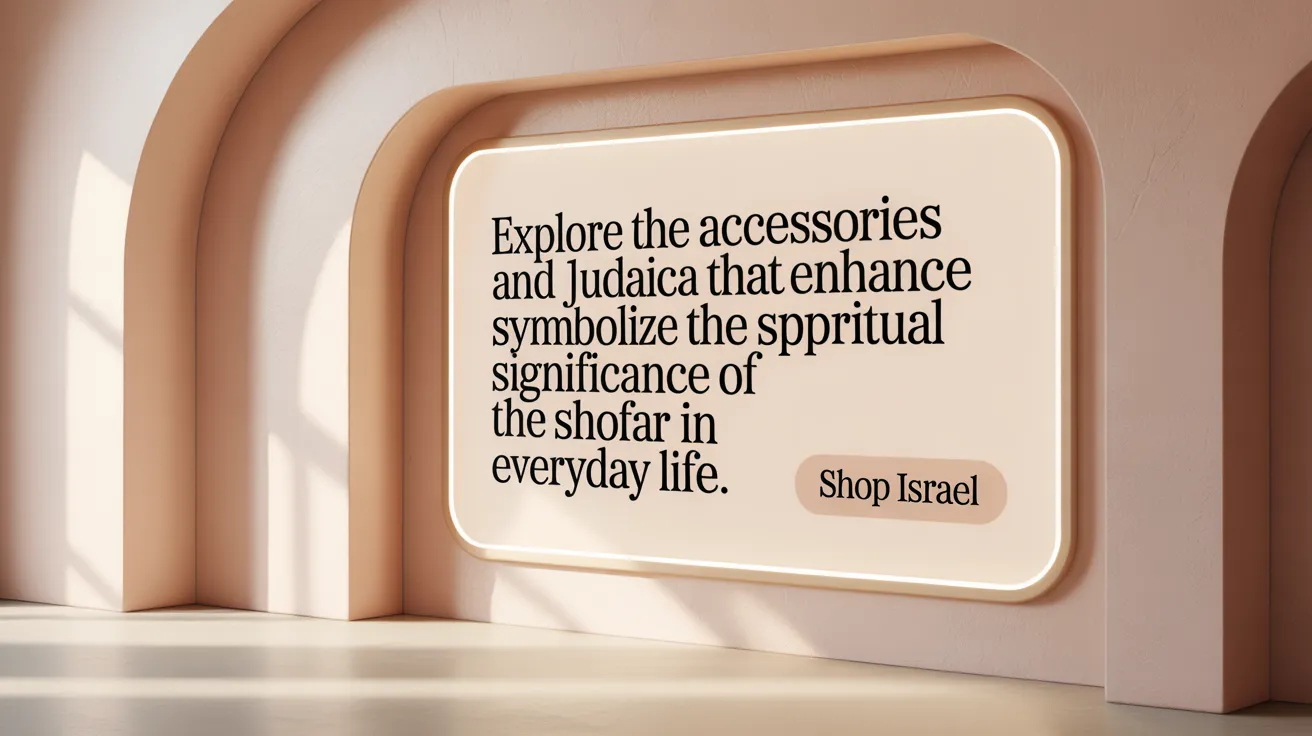
What types of merchandise and accessories support the use and cultural significance of the shofar?
Shofar-related merchandise encompasses a variety of practical and symbolic items that enhance the instrument's use and spiritual presence. Essential accessories include holders and stands, which provide a dignified and secure display during and after services. Protective bags are widely used to preserve the shofar from damage and to maintain its ritual purity, referred to as kashrut. Additionally, odor-eliminating sprays help keep the horn fresh and ready for use.
Beyond functional care items, shofar symbolism permeates broader Judaica merchandise. Jewelry pieces such as religious charms, Kabbalah pendants, Hamsa hands, Stars of David, and Menorah-themed items create connections to Jewish spirituality and heritage. These adornments embody themes associated with the shofar—such as divine protection, spiritual awakening, and hope—making them meaningful additions to one’s personal or communal identity.
The cultural significance of these items is deepened through their origins, with many products crafted by Israeli artisans. Authentic Israeli-made shofars and Judaica affirm a tangible link to the Land of Israel and Jewish tradition, as found in authentic Judaica collections. This authenticity resonates with users who value historical roots and the spiritual connection embodied in these sacred objects.
Thus, these accessories serve not only functional purposes but also enrich ritual observance and Jewish cultural expression, weaving together practicality and faith in everyday practice.
Historical and Contemporary Cultural Significance of the Shofar
How has the shofar’s cultural significance evolved throughout history and into modern times?
Historically, the shofar was a multi-purpose instrument integral to Jewish religious, military, and communal life. It was used as a war signal, rallying troops in battles such as the conquest of Jericho. In the Temple in Jerusalem, it featured prominently in ceremonial rites and was blown during key events like the Jubilee year. The shofar’s piercing sound called people to assembly, marked sacred times, and symbolized God's sovereignty.
Throughout history, the shofar became a potent emblem of Jewish resilience. During the Spanish Inquisition, Jews secretly blew the shofar as an act of defiance and spiritual strength. In another poignant instance, Rabbi Zvi Hirsch Meisels famously blew the shofar within Auschwitz, providing hope amid despair. These acts rooted the shofar deeply within the collective memory as a symbol of endurance and faith.
In modern Israel, the shofar continues to embody national unity and victory, most famously when it was sounded following the Six Day War's liberation of Jerusalem's Old City in 1967, marking a historic moment of triumph and spiritual significance. Public mitzvah campaigns, pioneered by organizations such as Chabad-Lubavitch starting in 1953, have expanded the shofar’s role beyond synagogue walls. Today, its blast resonates in hospitals, prisons, and public spaces worldwide, allowing broad audiences to participate in this spiritual awakening.
Beyond Judaism, the shofar carries important meaning in Christian symbolism and eschatology, where it often represents a spiritual call to awaken and signals eschatological hope, referring to the anticipated return of the Messiah. This interfaith dimension shows how the shofar's ancient sound crosses religious boundaries, enriching cultural and spiritual dialogues globally.
Enduring Legacy of the Shofar: A Sound That Transcends Time
The shofar remains a powerful emblem that unites Jewish tradition, spirituality, and artistry. Its deep biblical roots and multifaceted symbolism—ranging from calls to repentance, reminders of divine kingship, to hopeful anticipation of redemption—infuse it with enduring significance. Equally important is the craftsmanship behind each horn, which serves not only as a ritual instrument but as a personalized cultural artifact, enriched further by the accessories and Judaica that accompany it. The shofar's sound continues to echo across centuries, inspiring spiritual awakening and communal identity in Jewish life worldwide, while also resonating beyond Judaism into broader cultural and interfaith realms. This living heritage ensures that each blast of the shofar carries with it the collective memory and aspirations of generations past and those yet to come.
